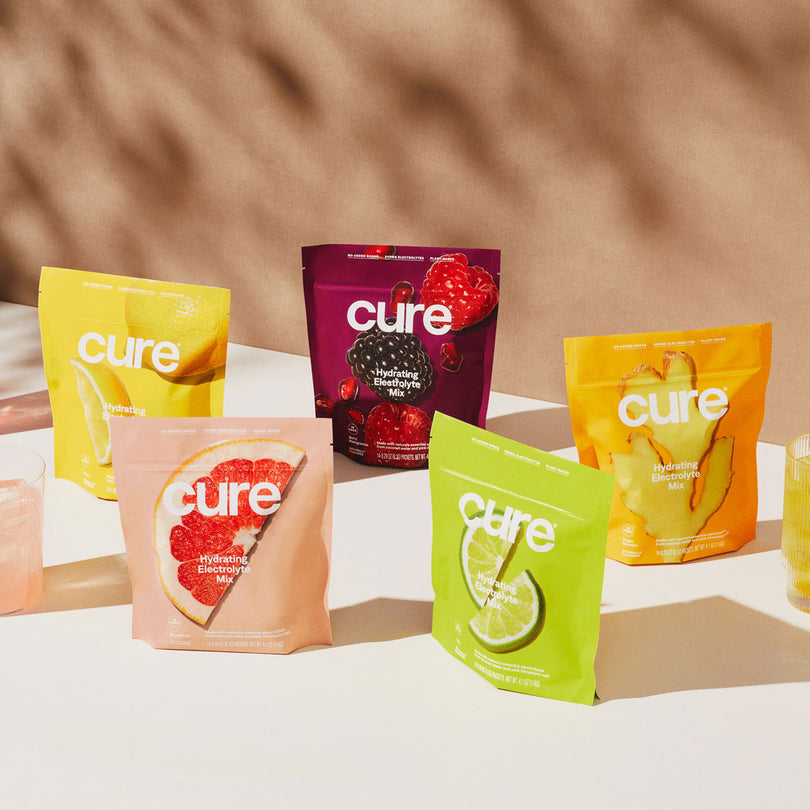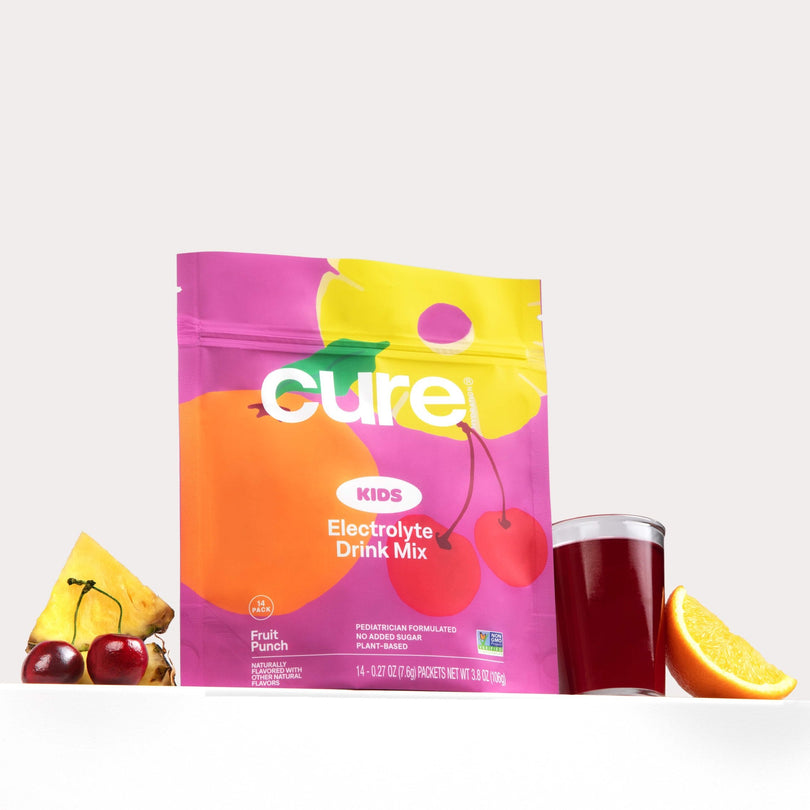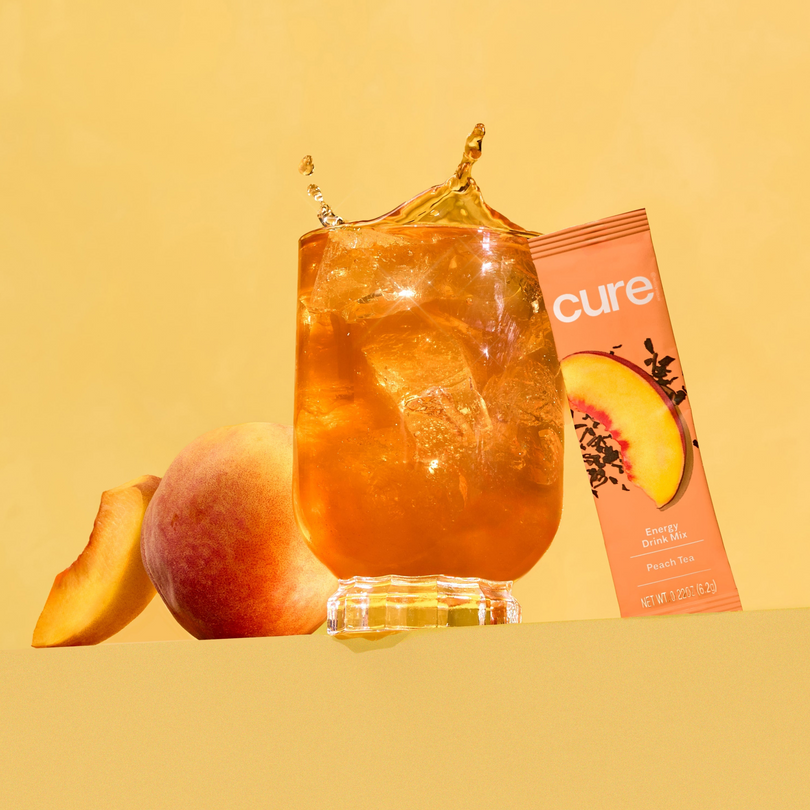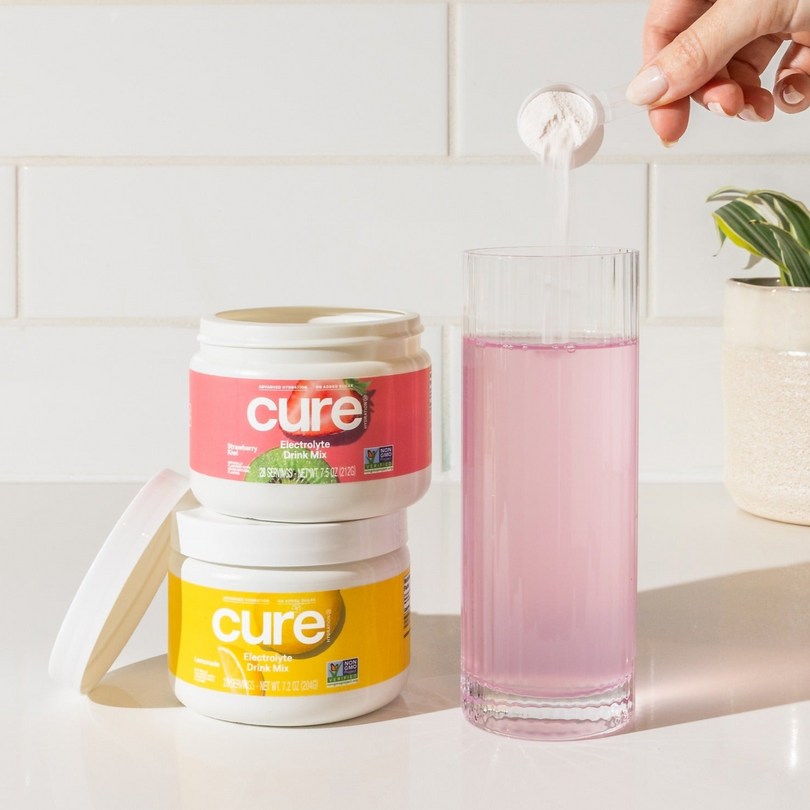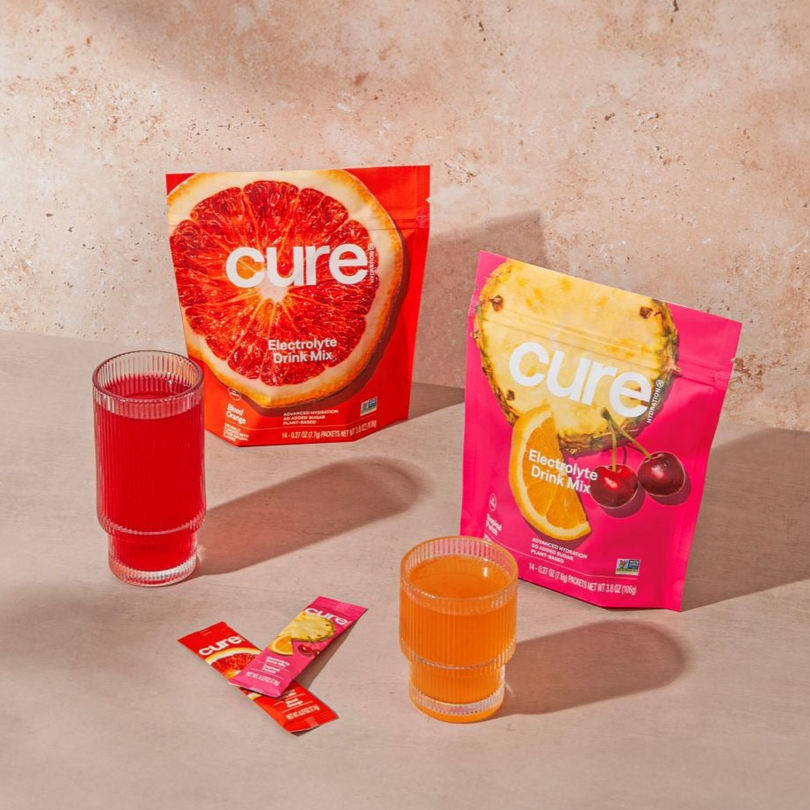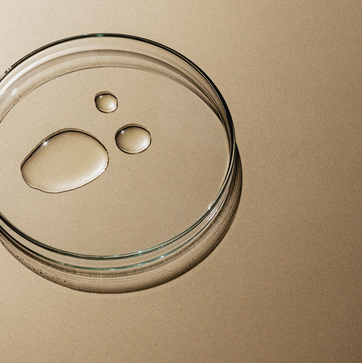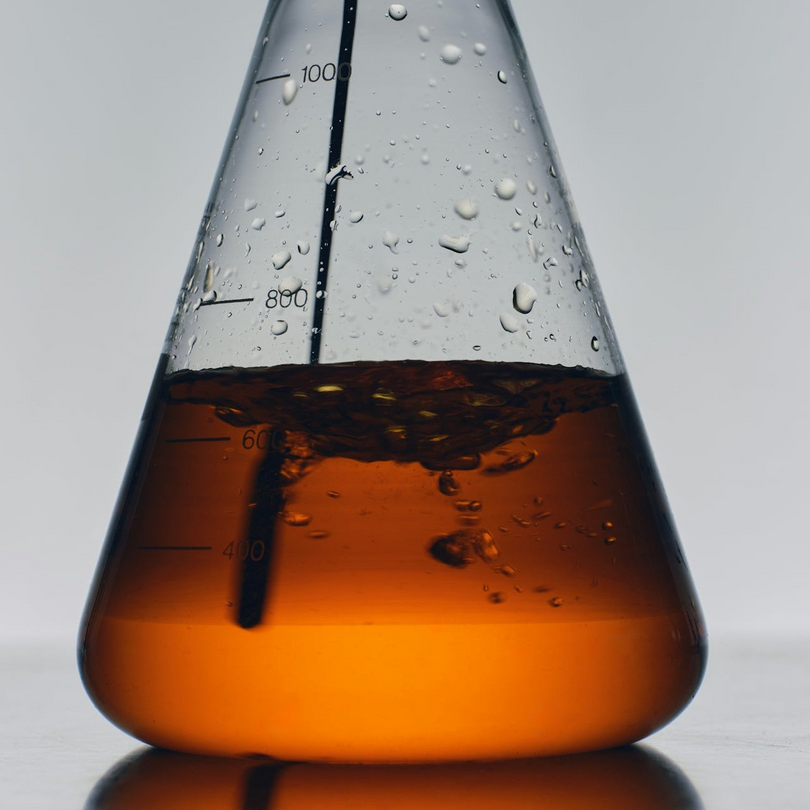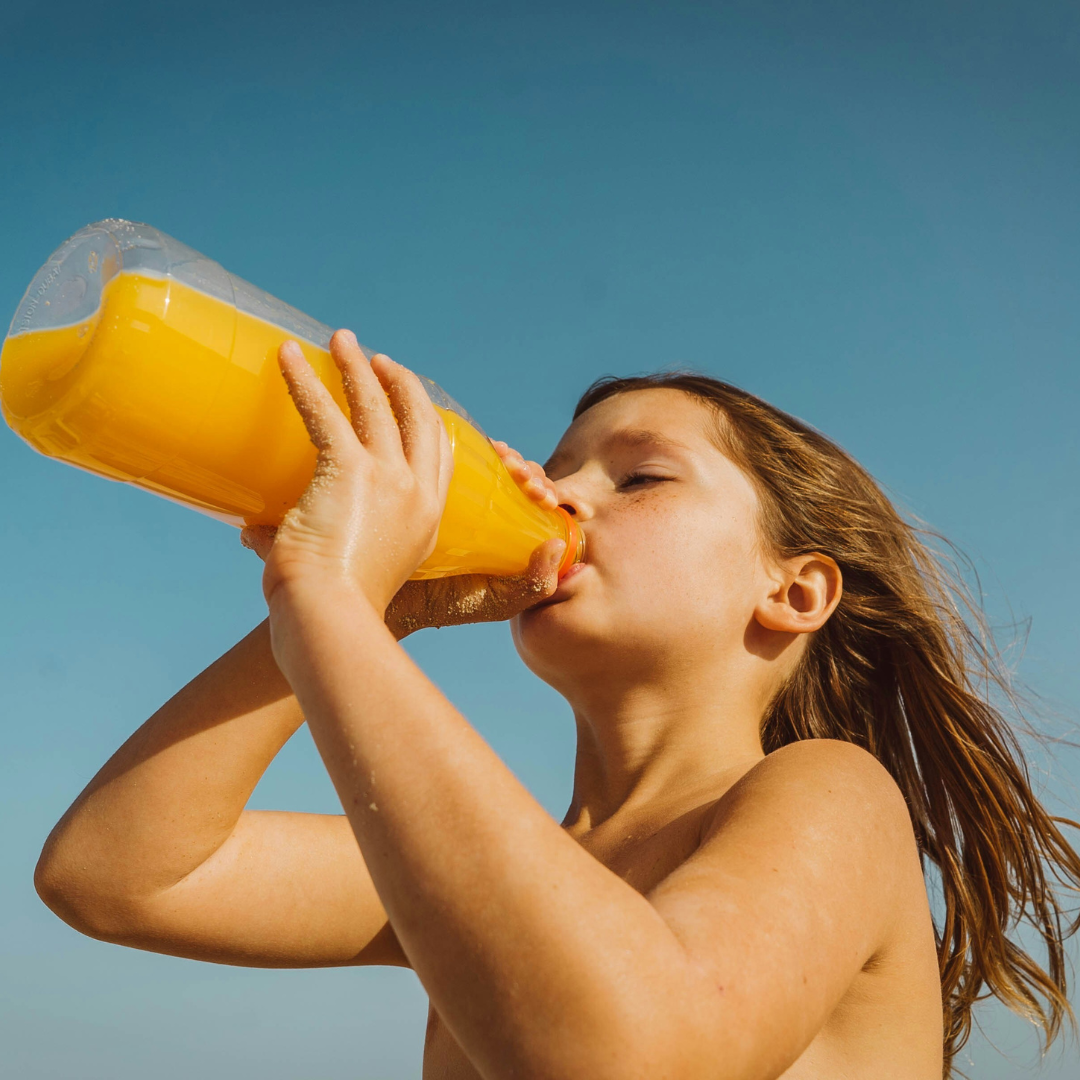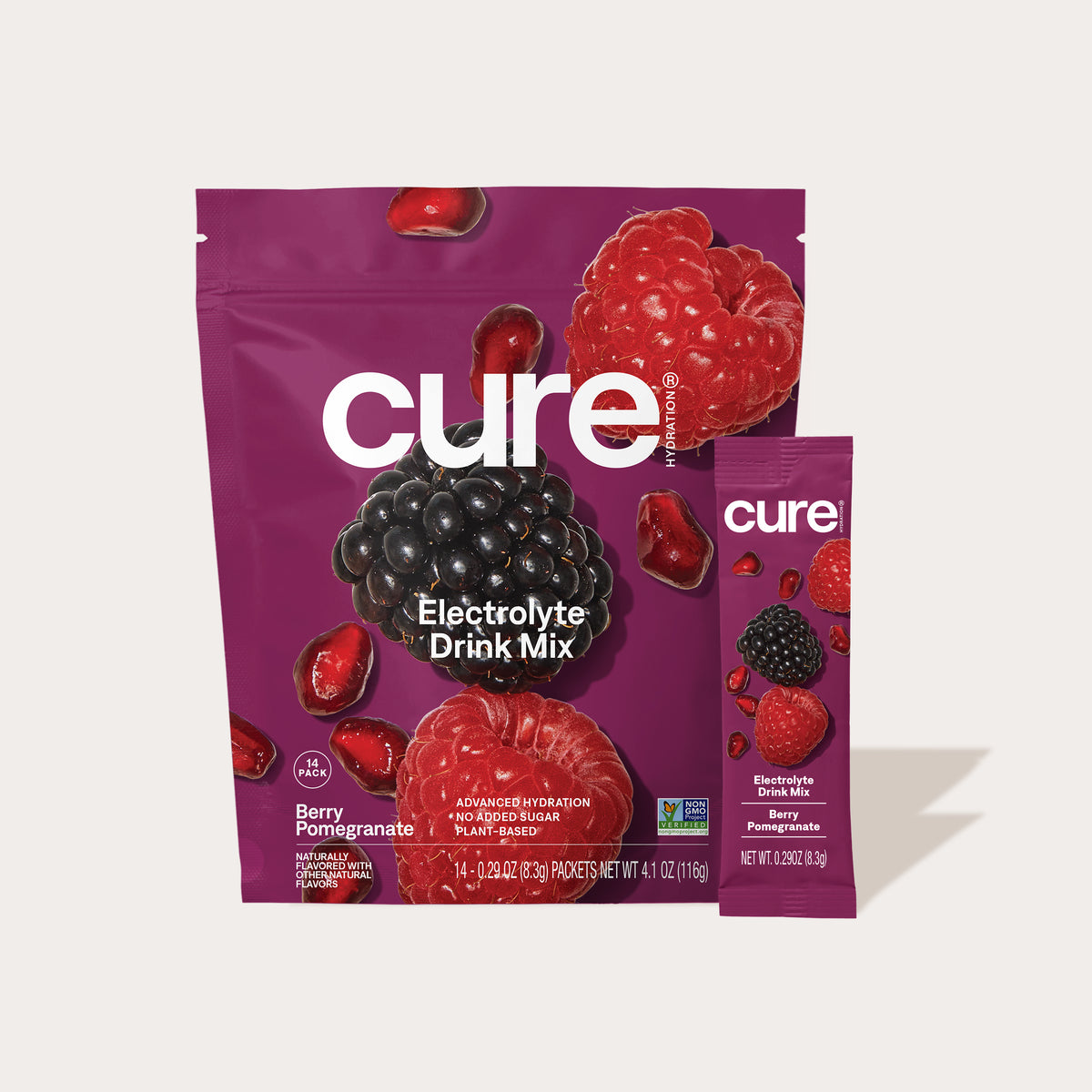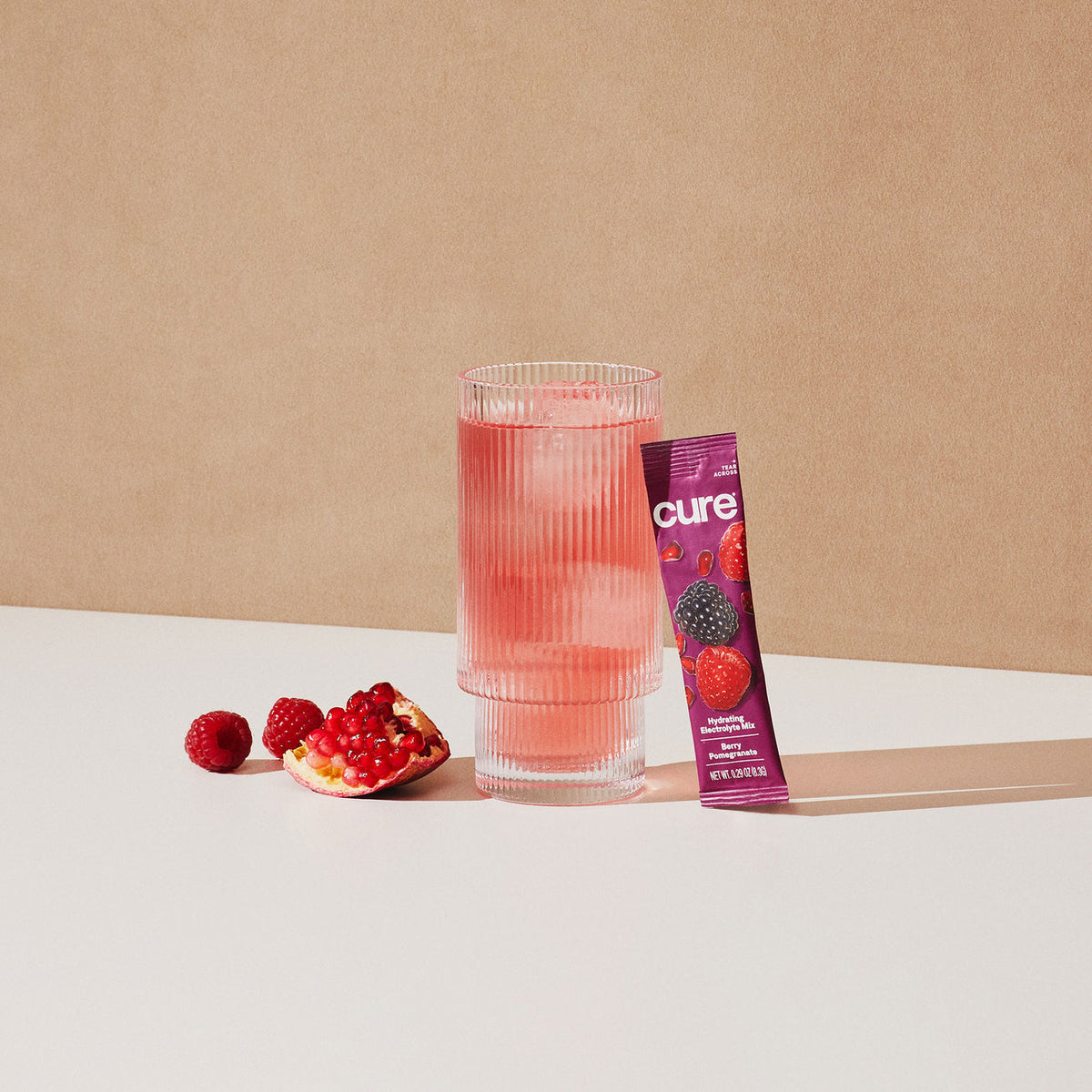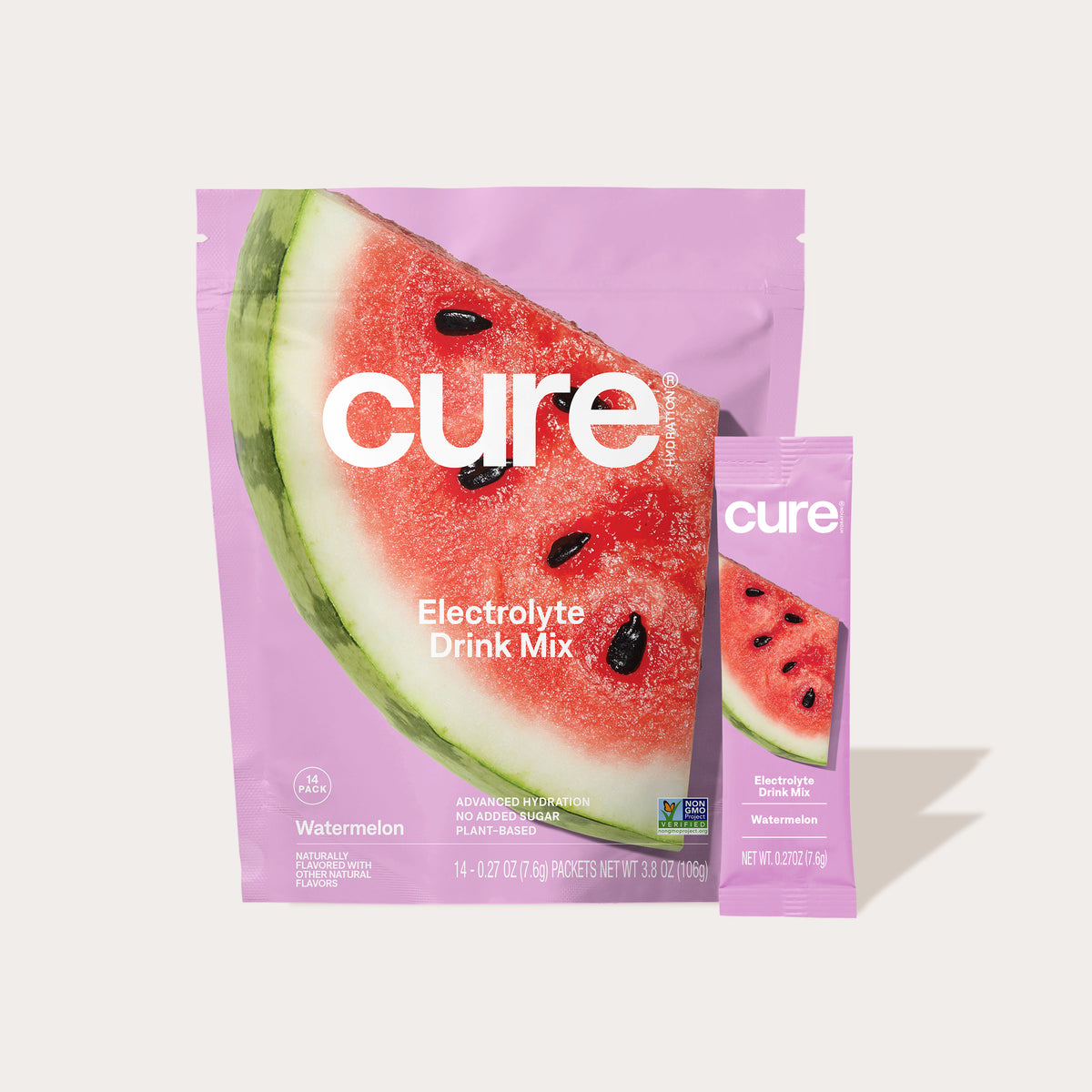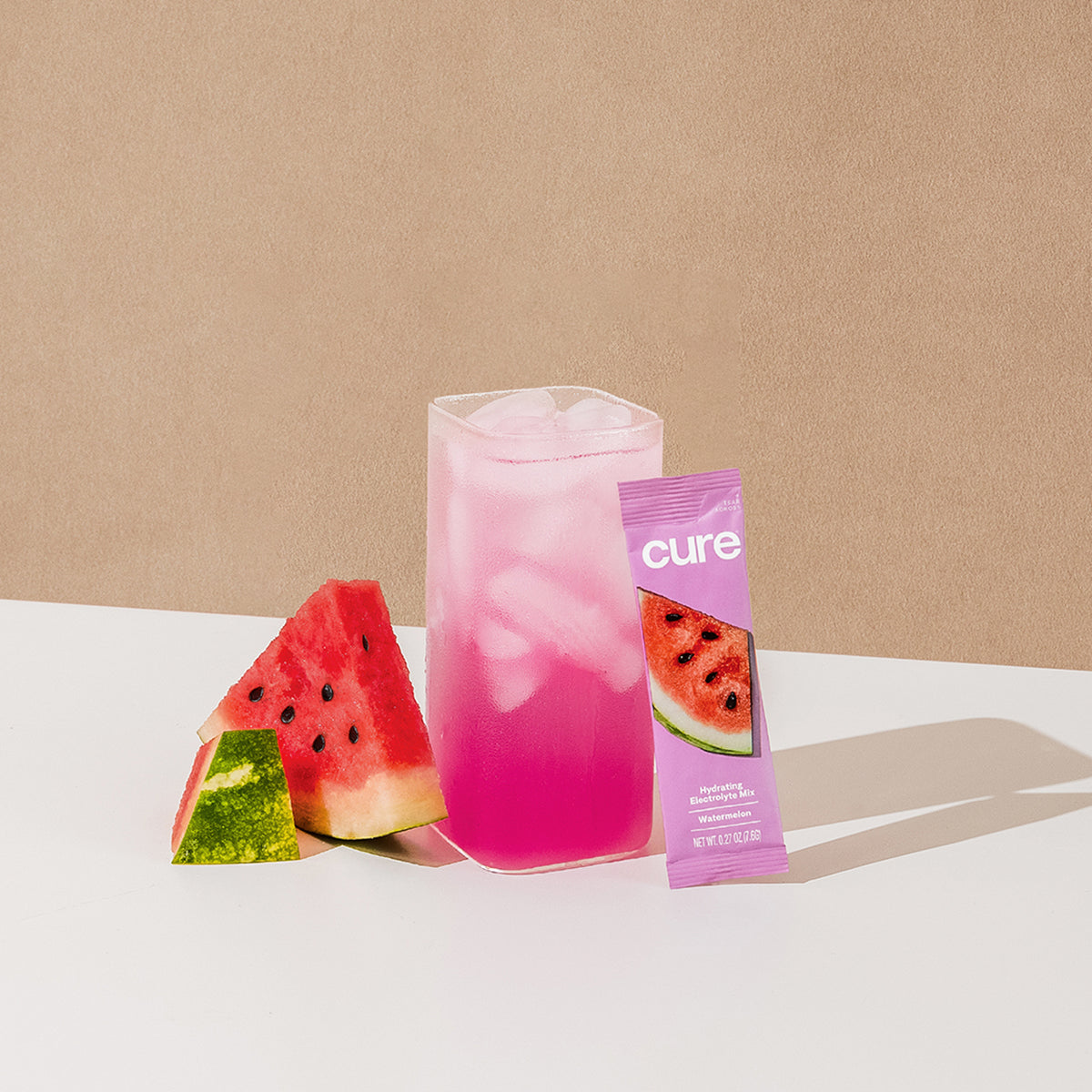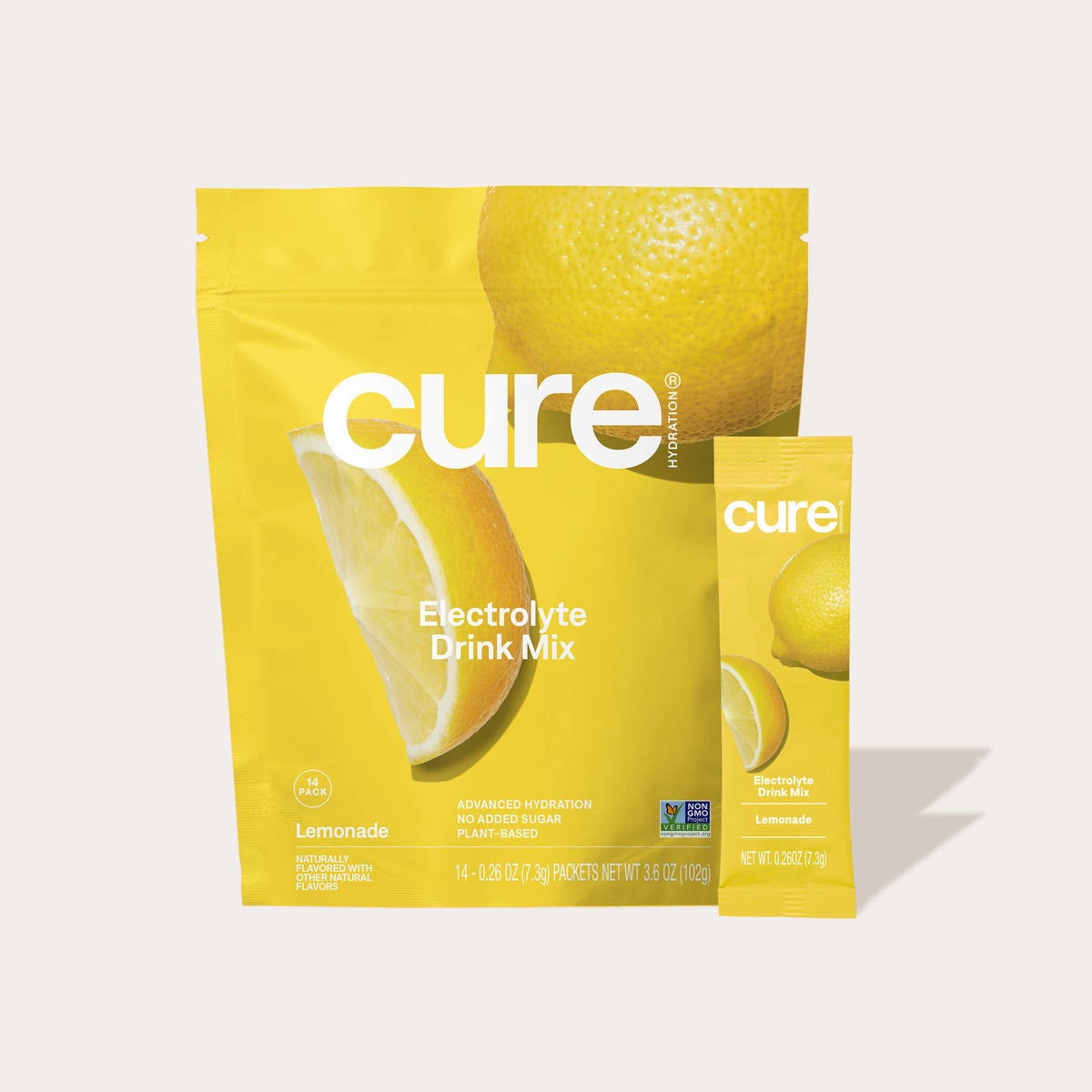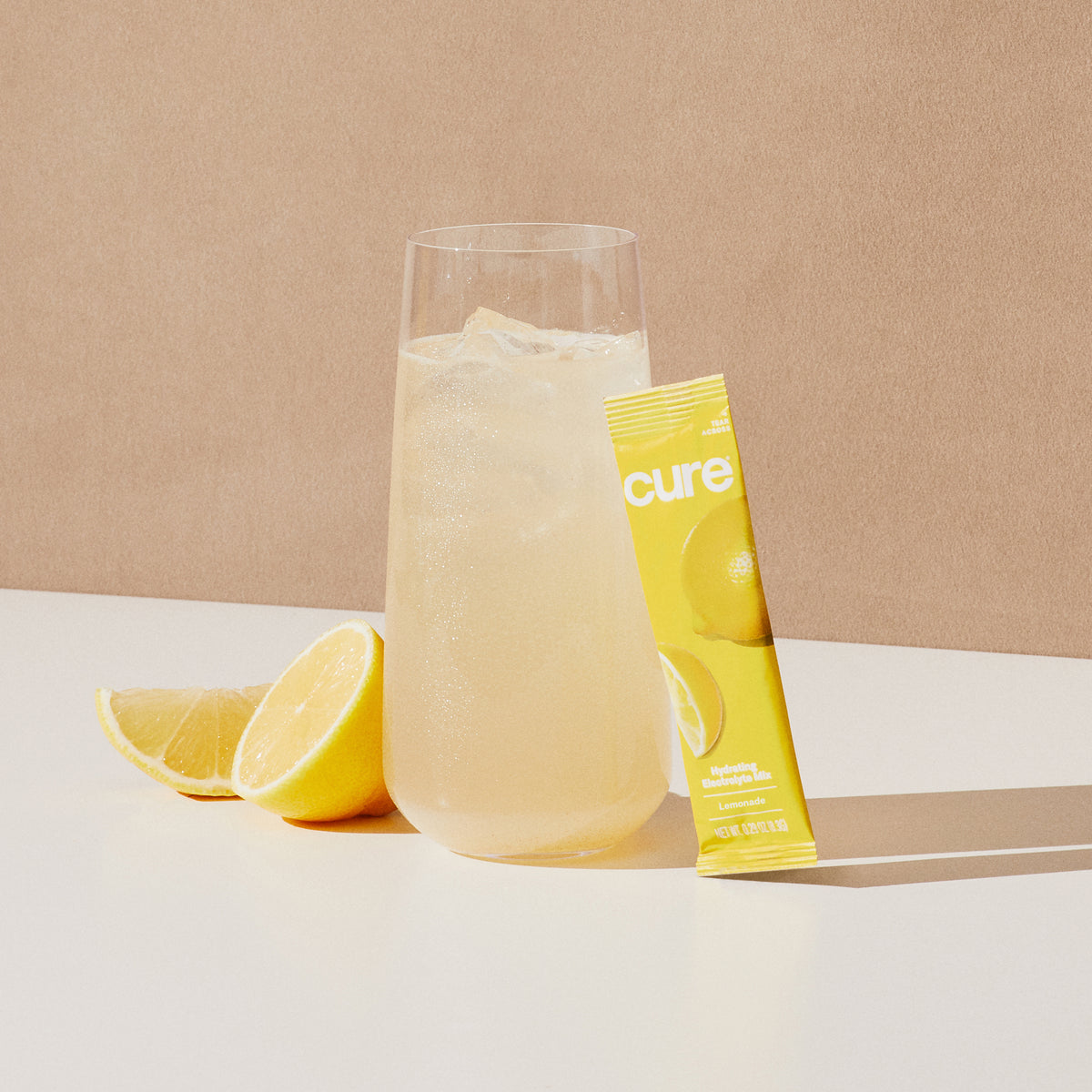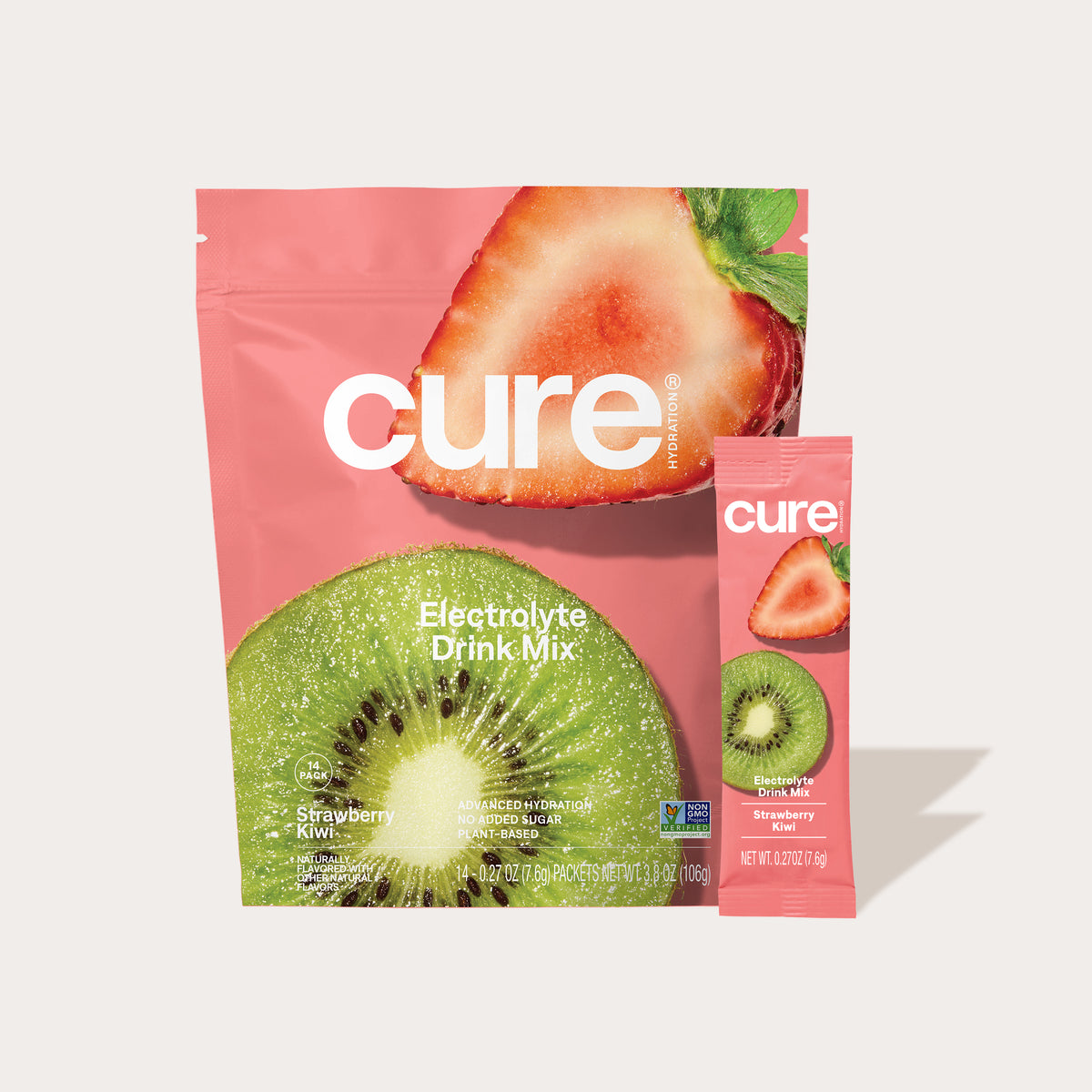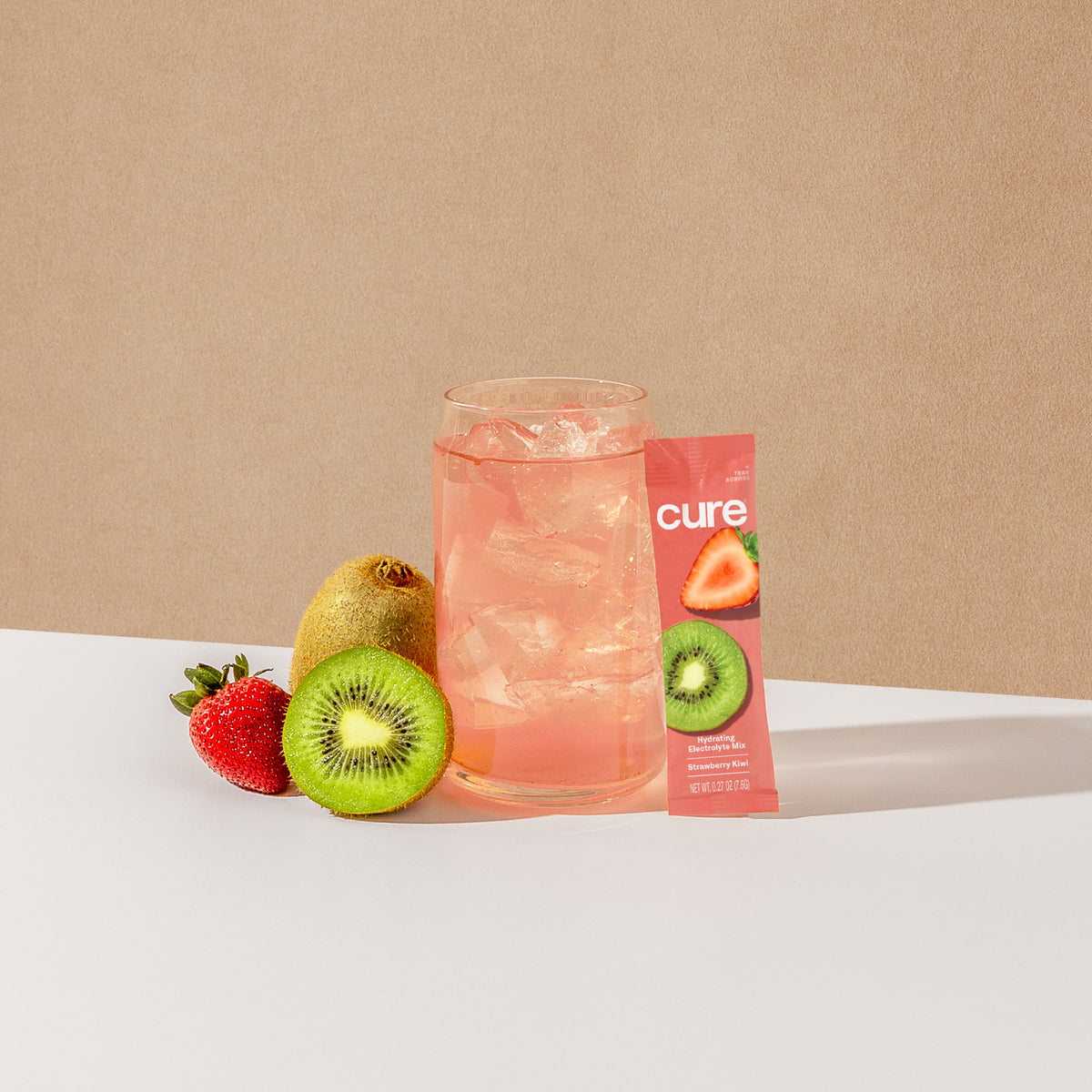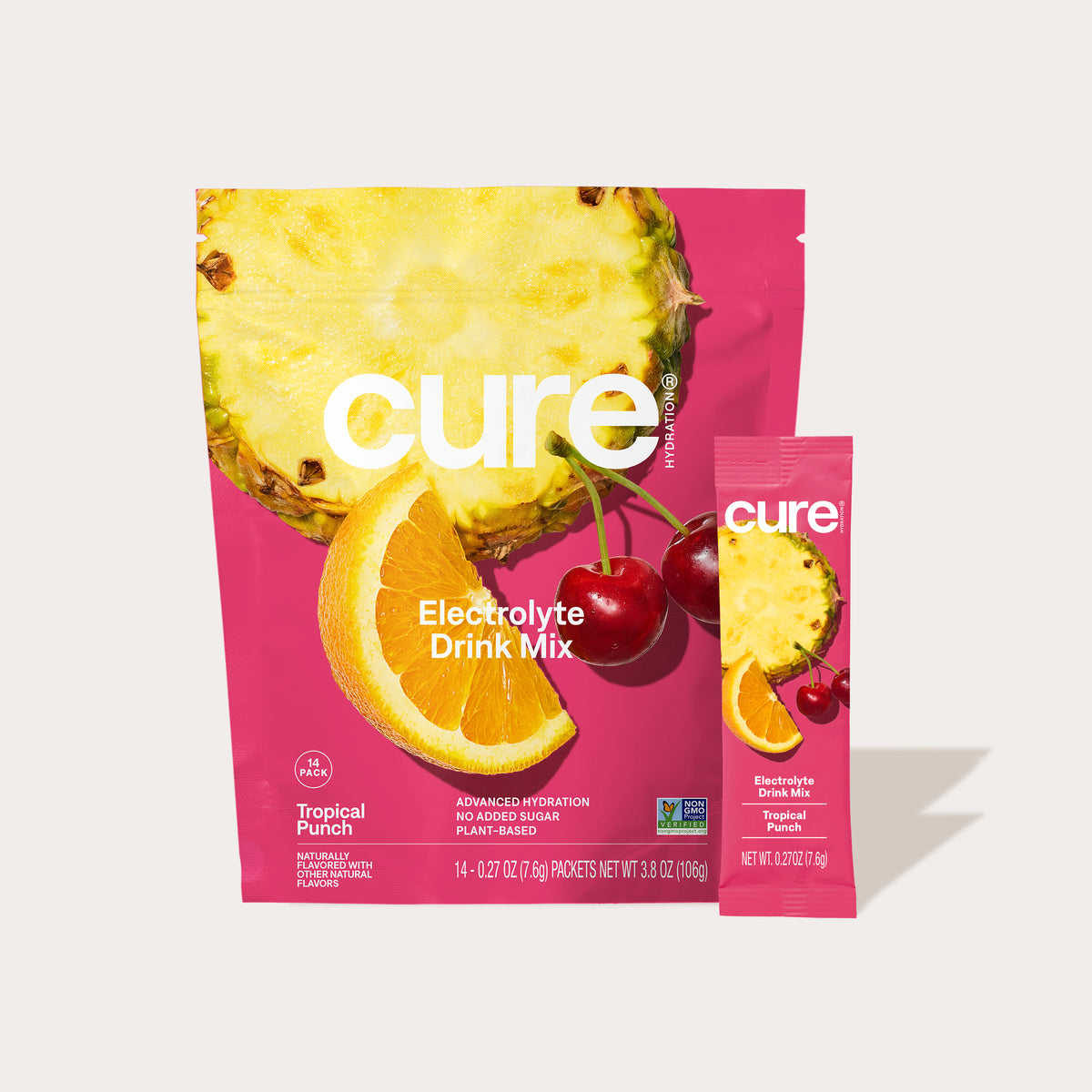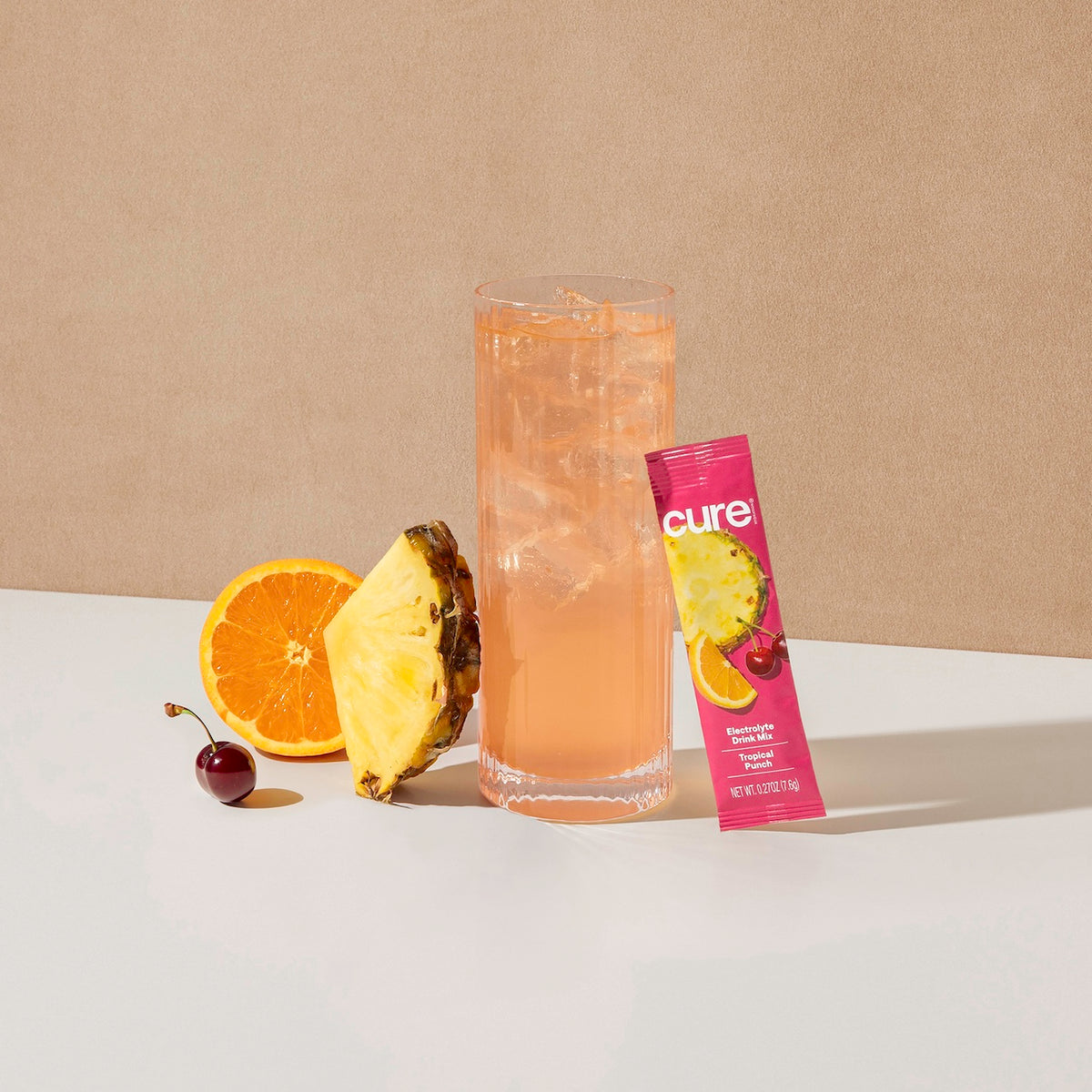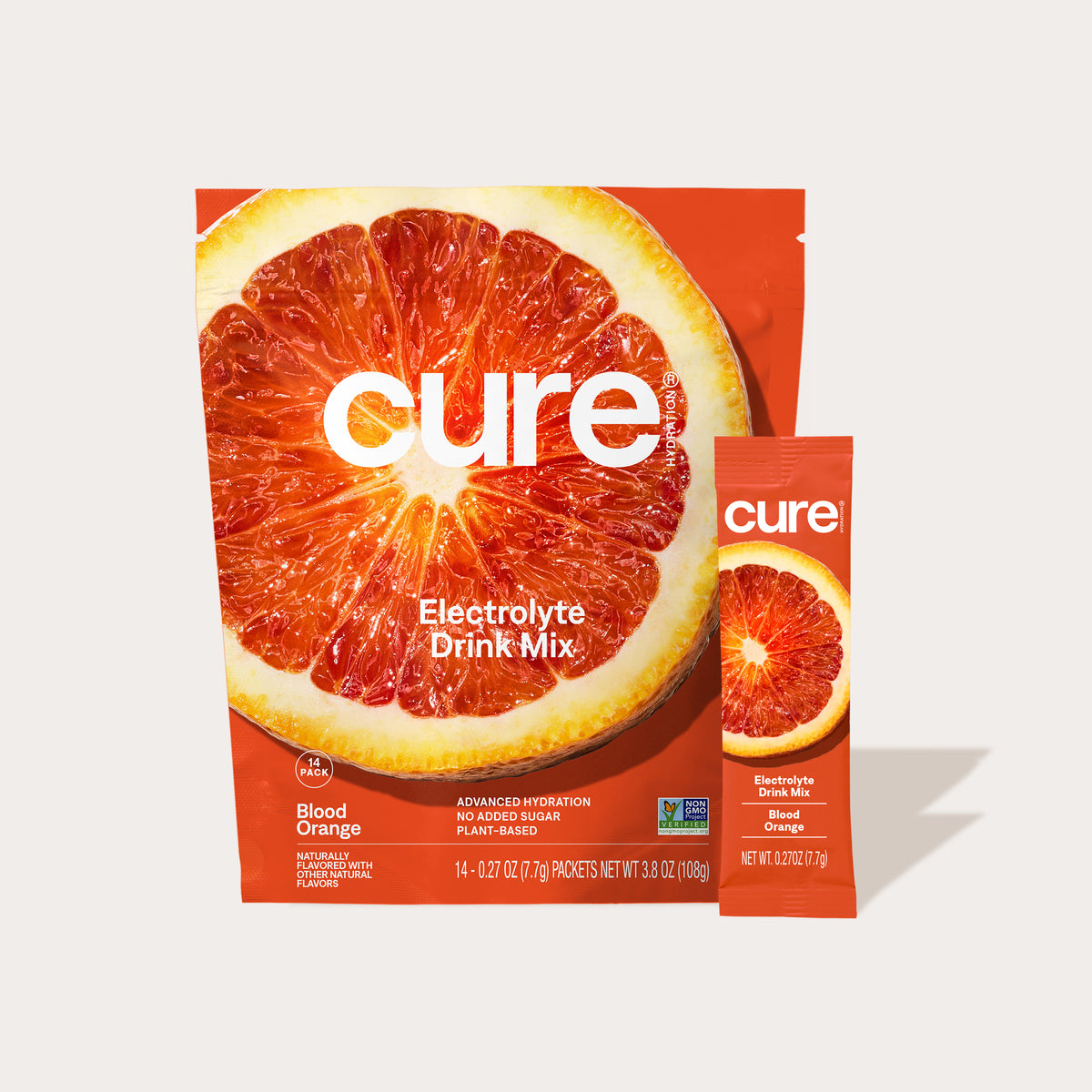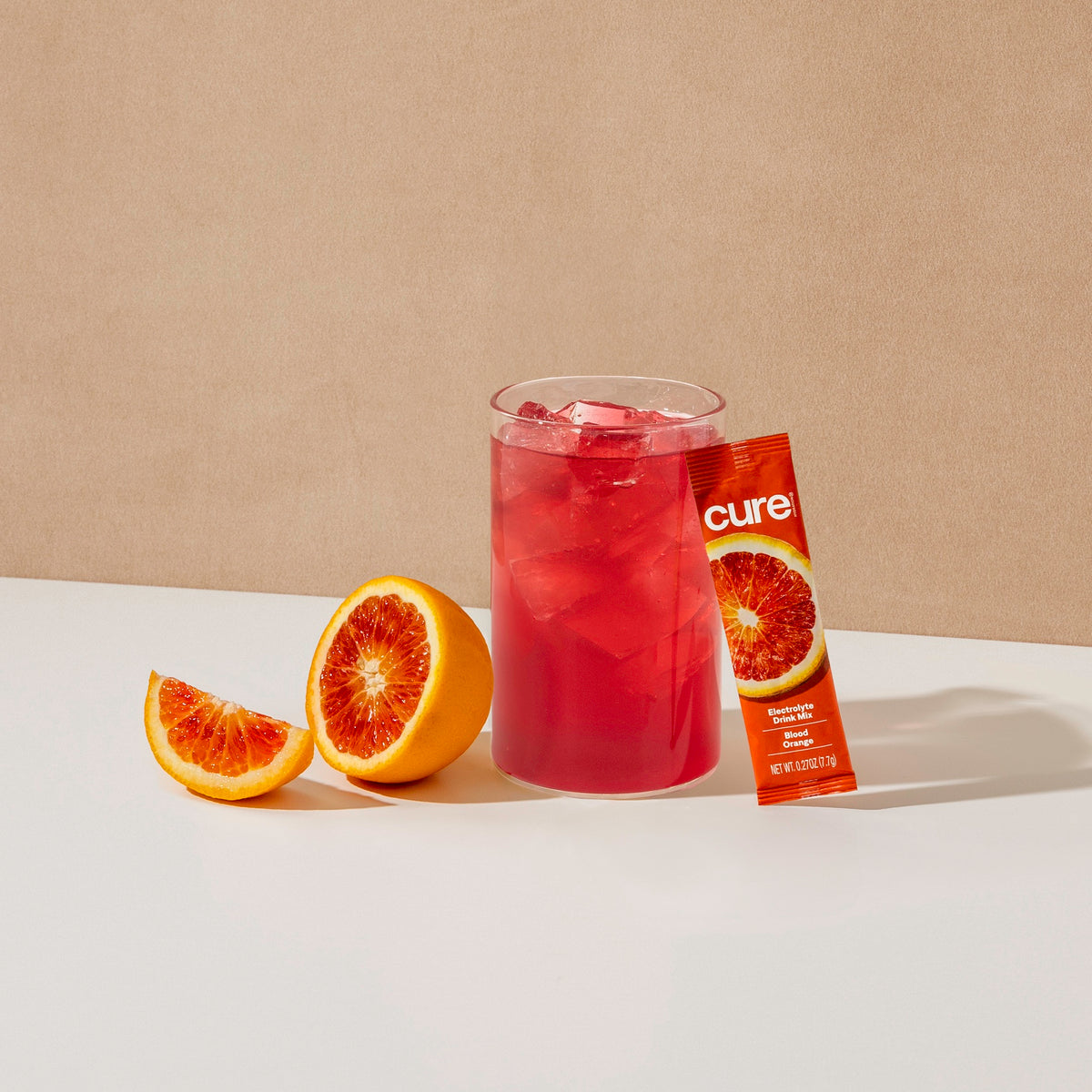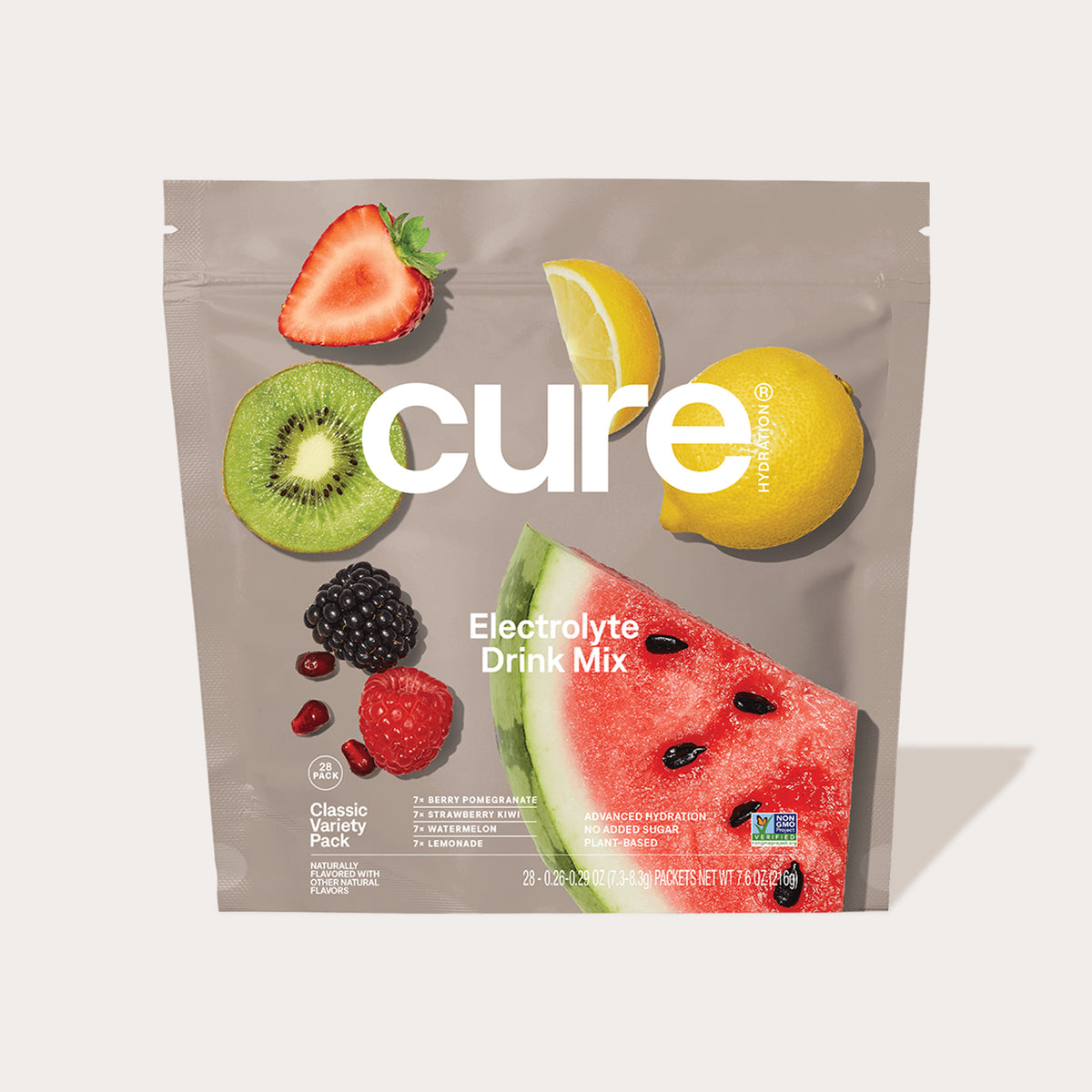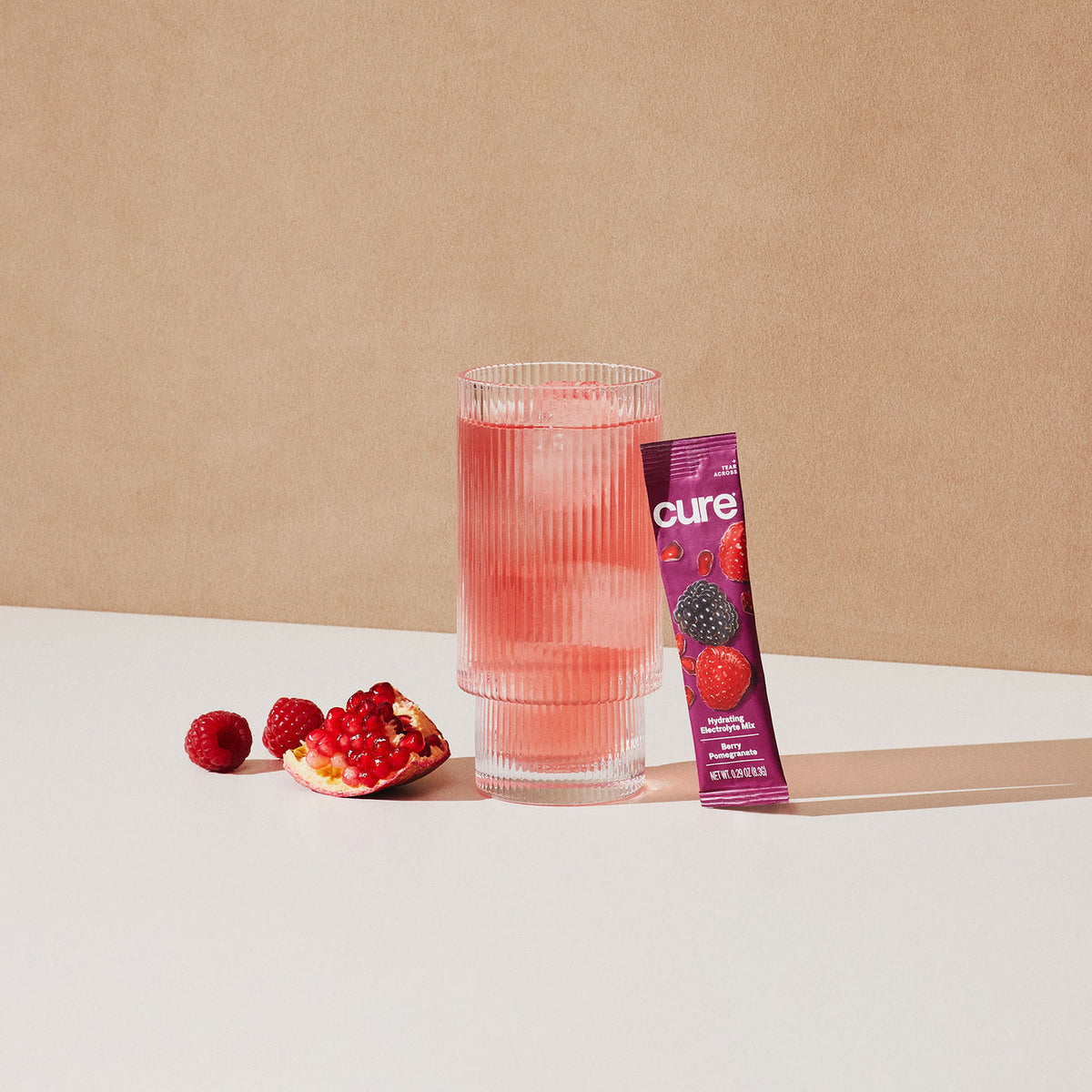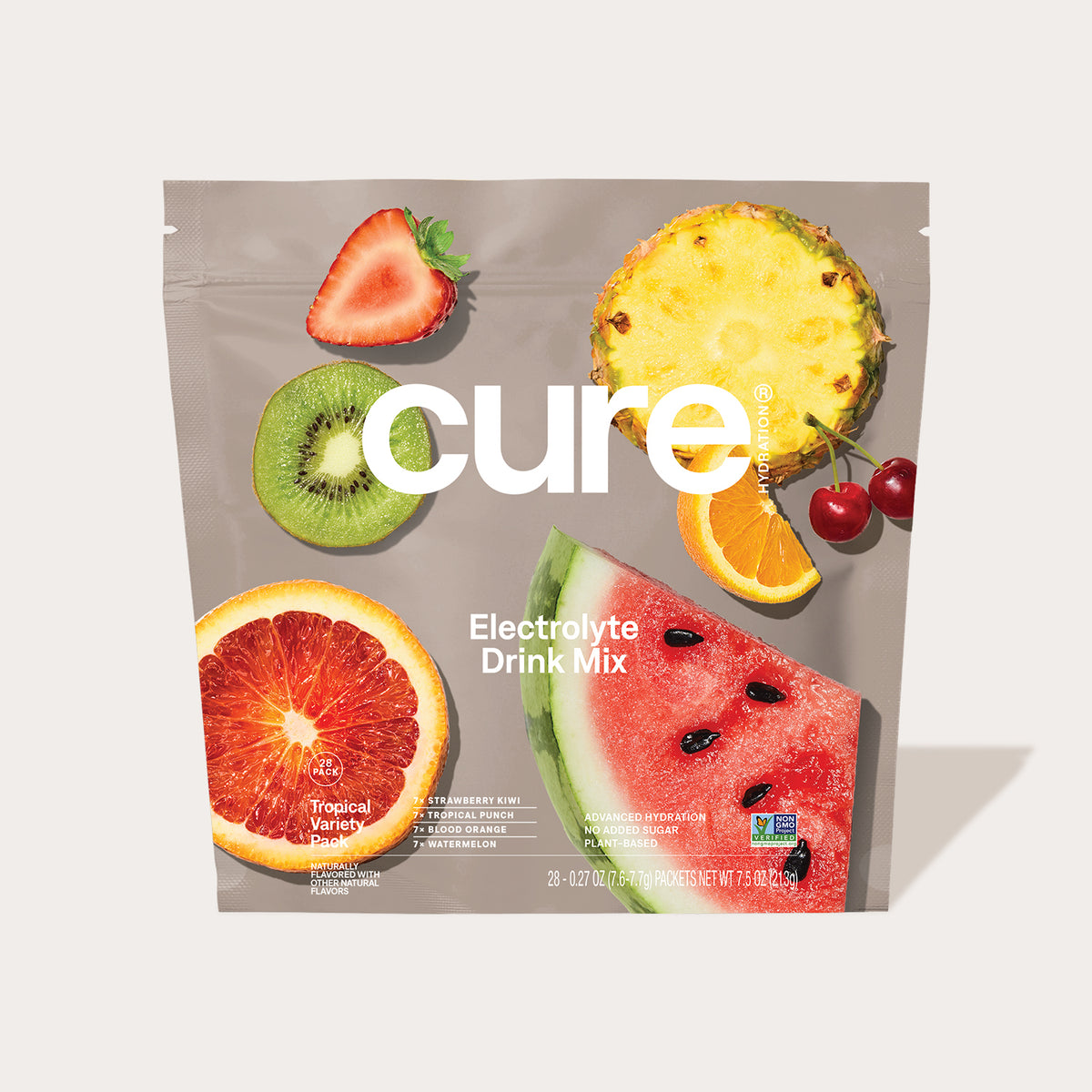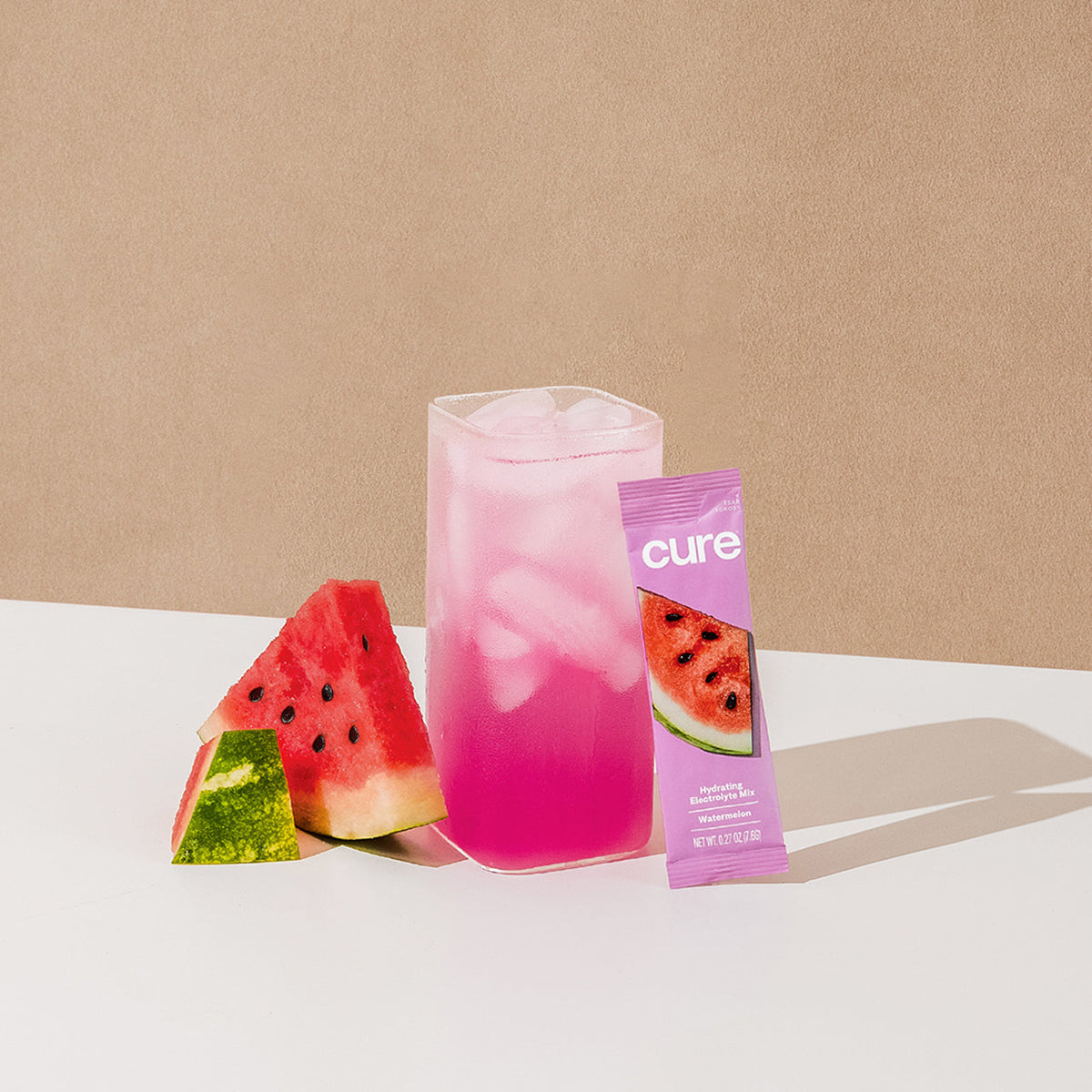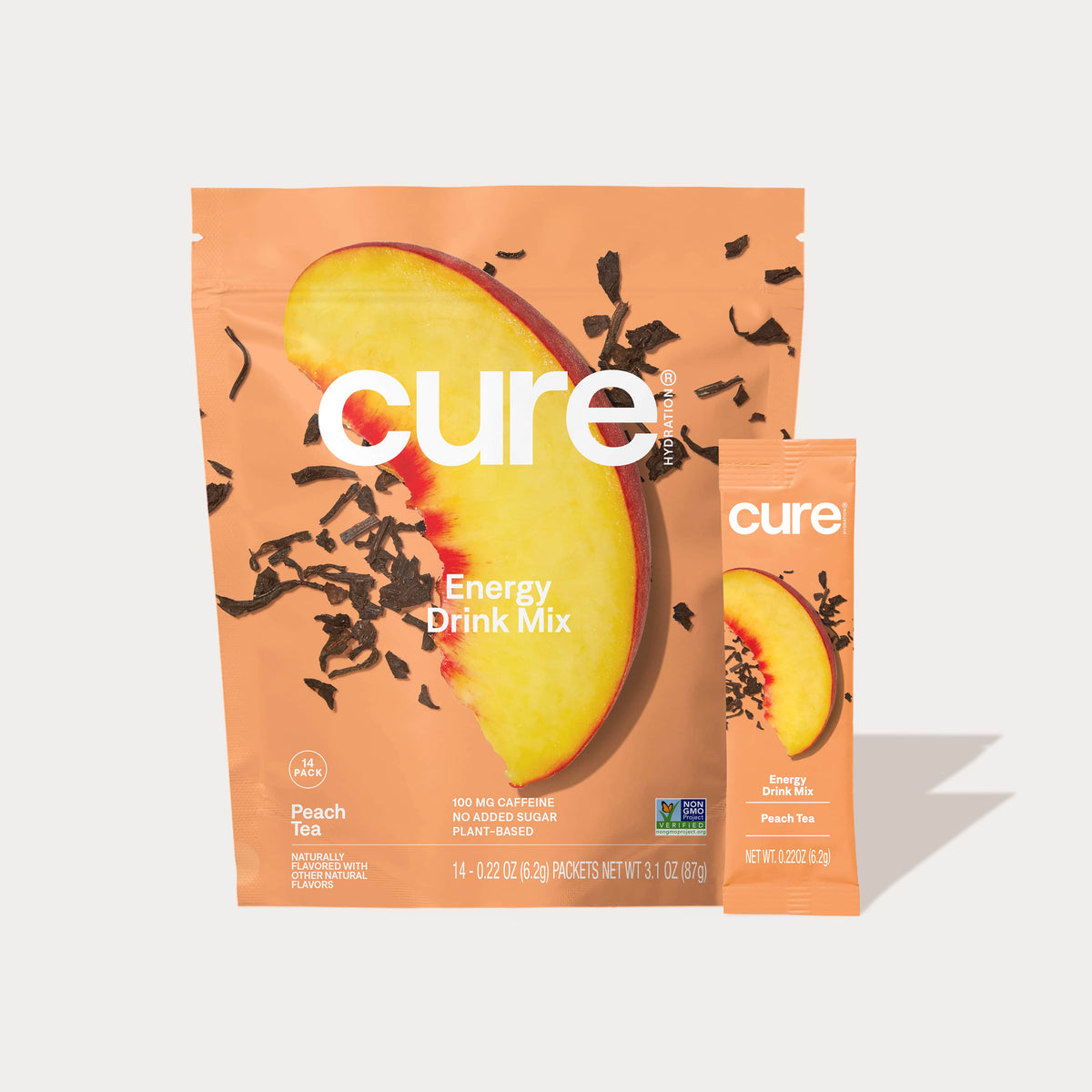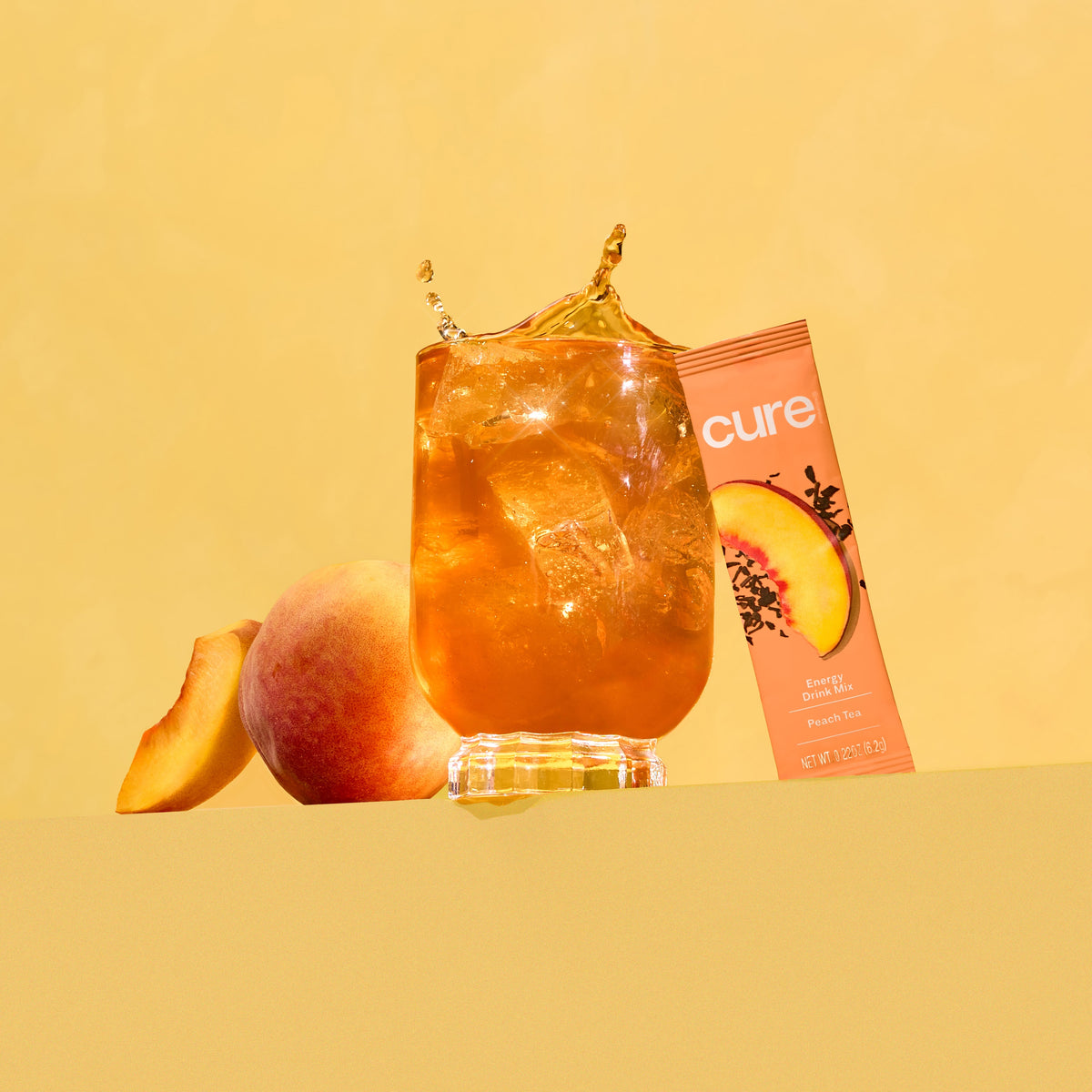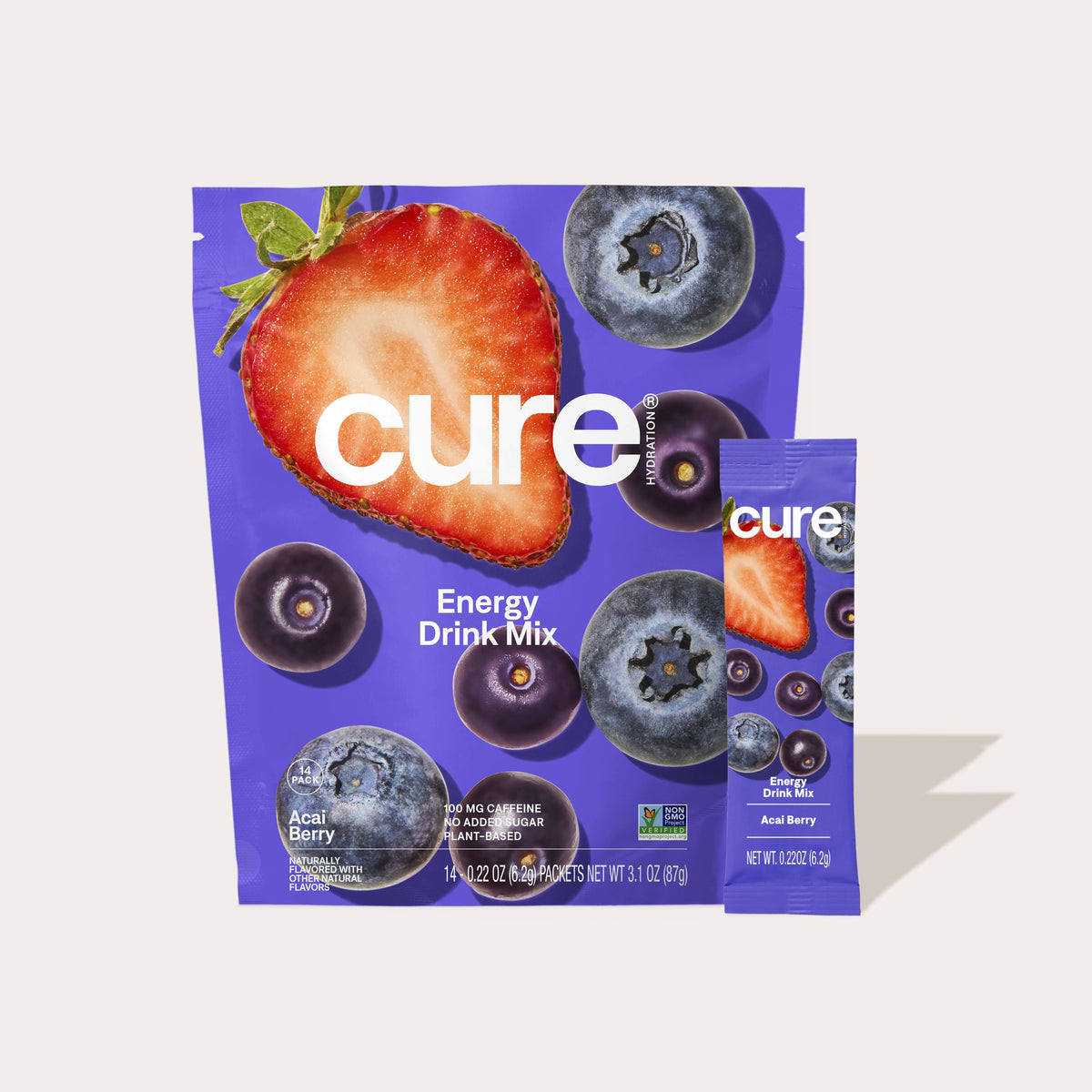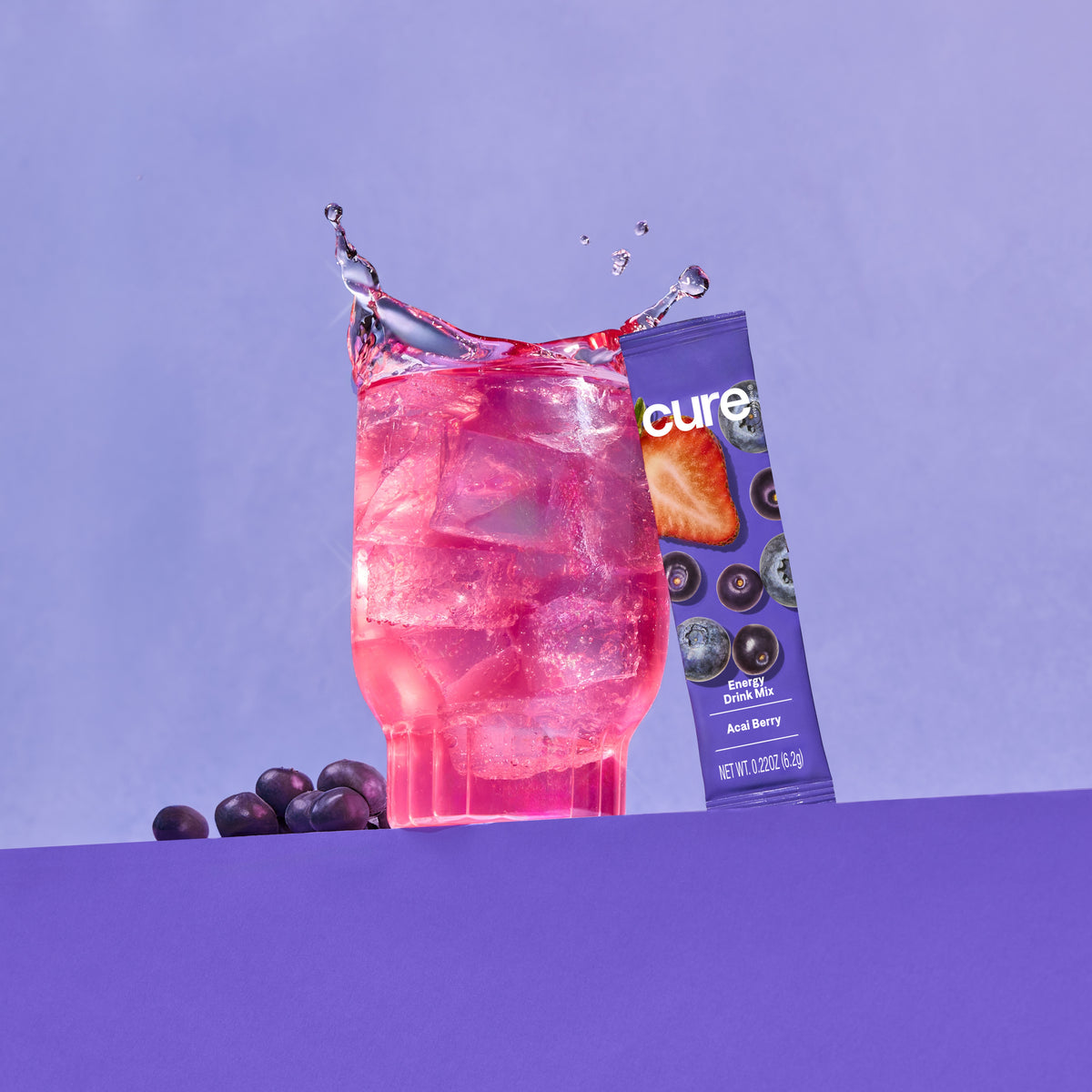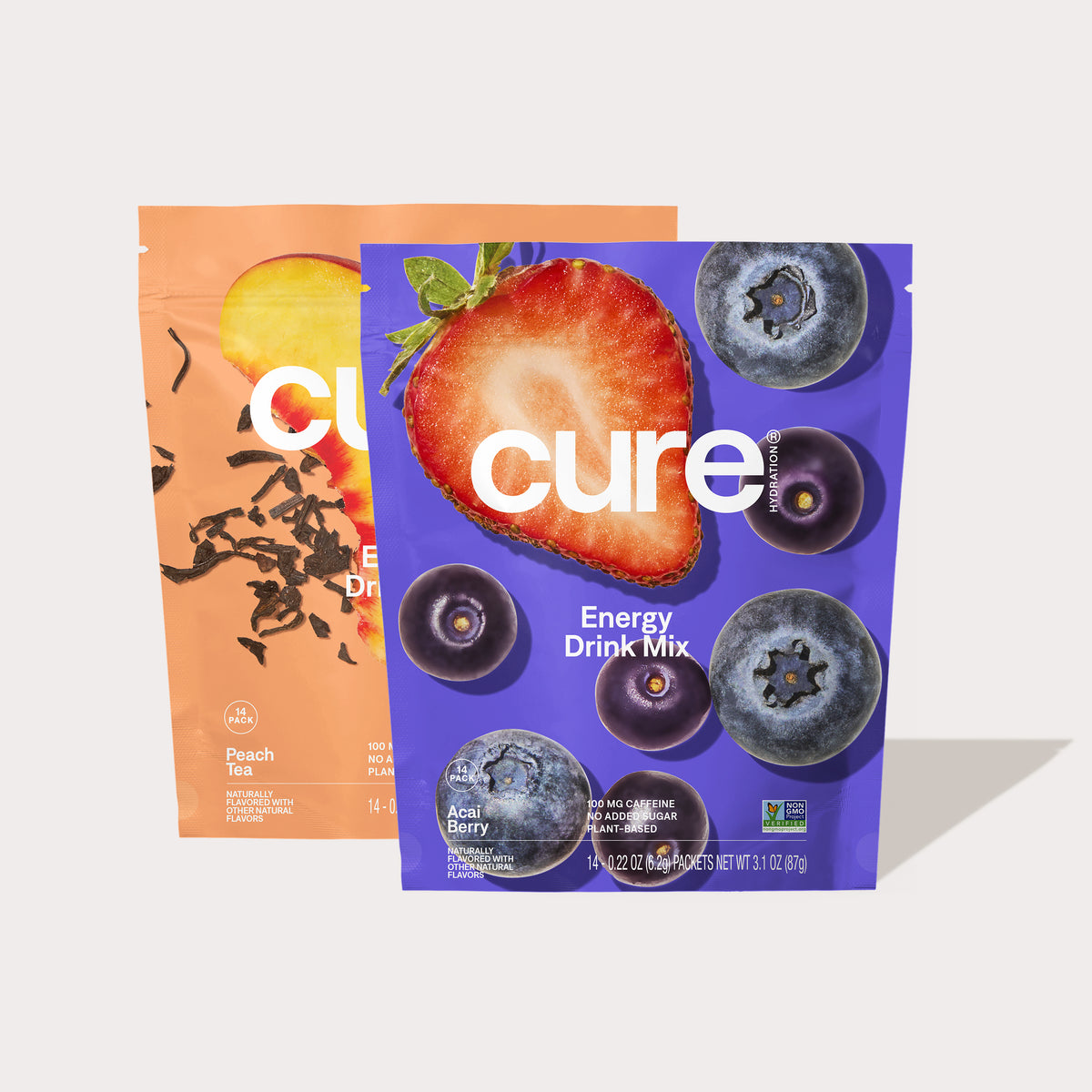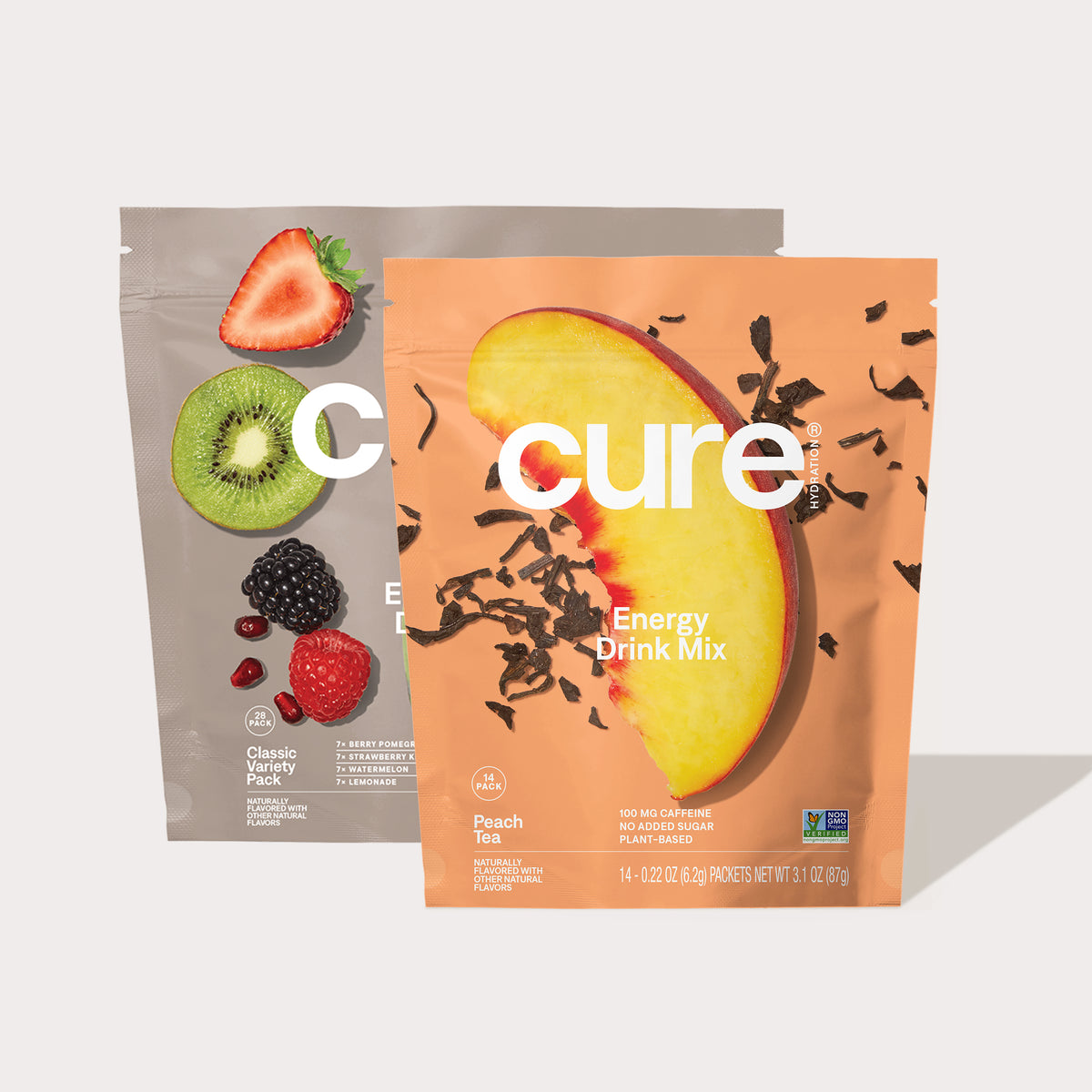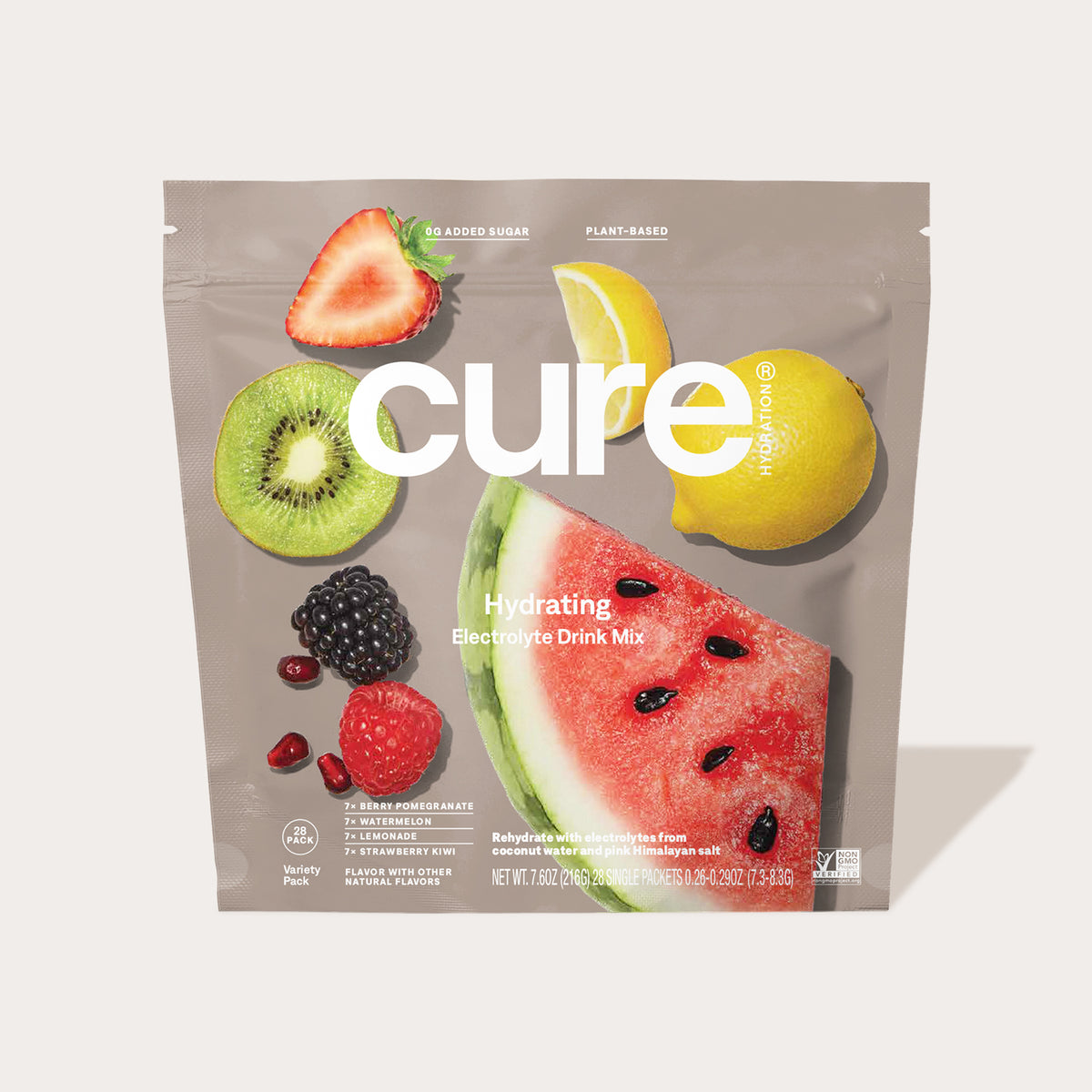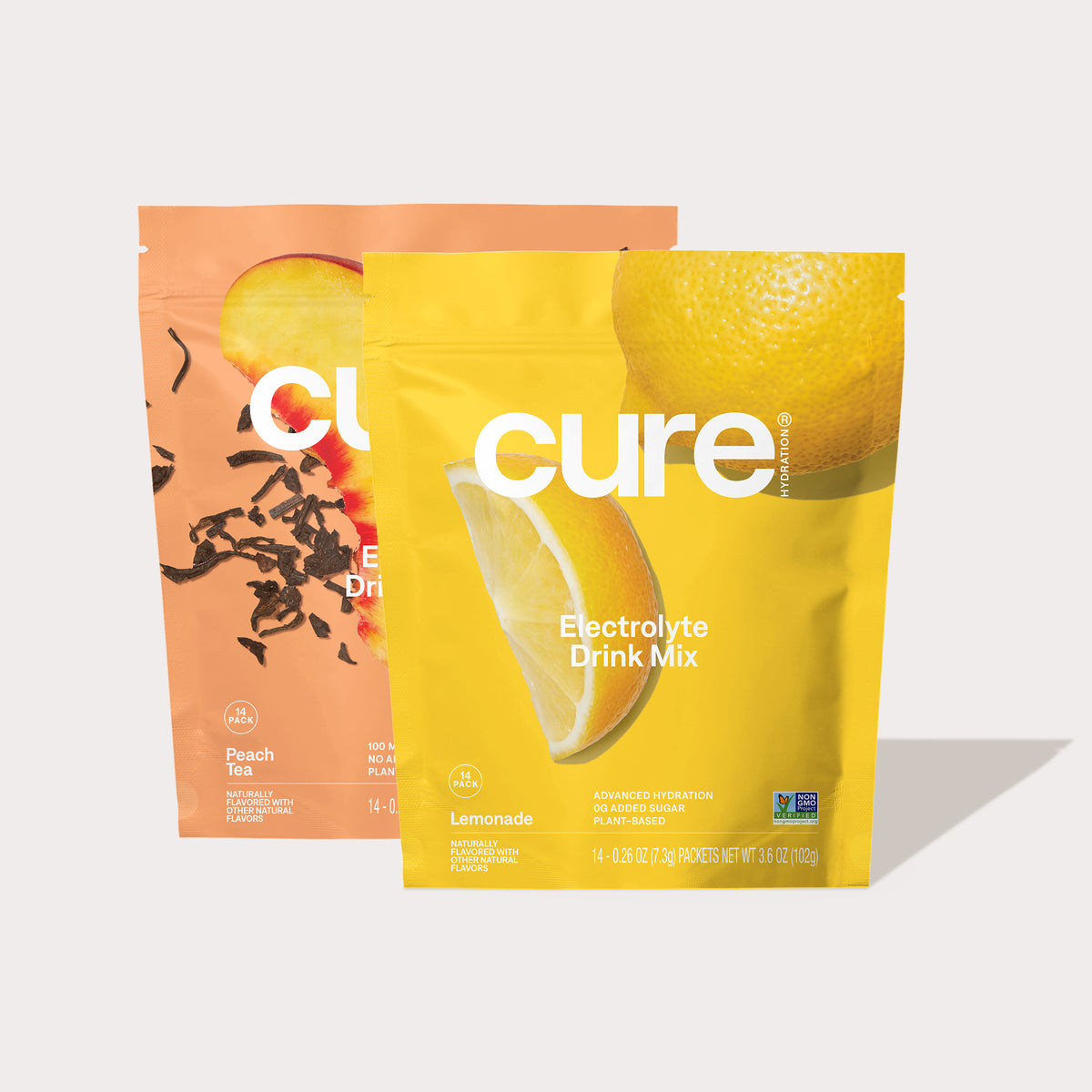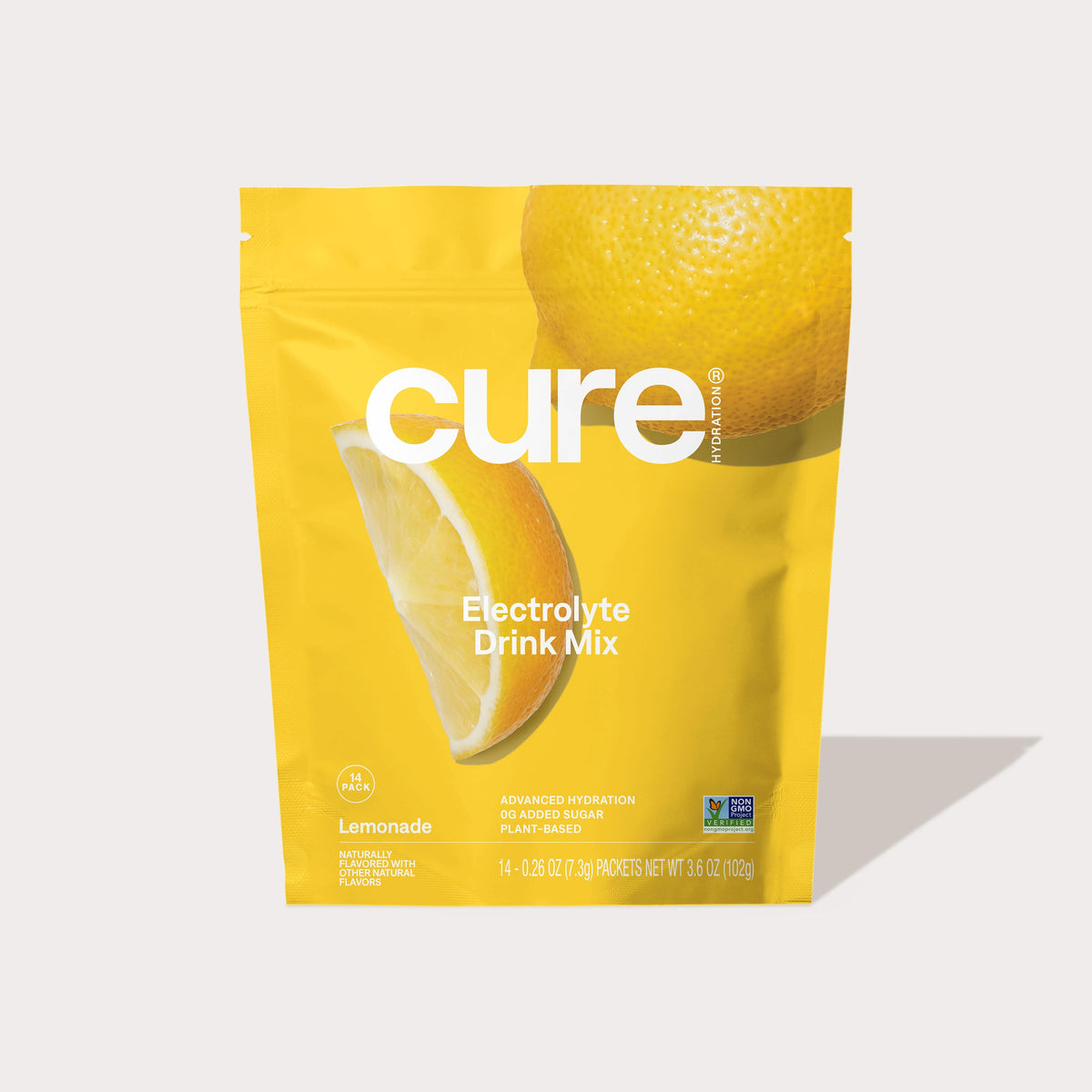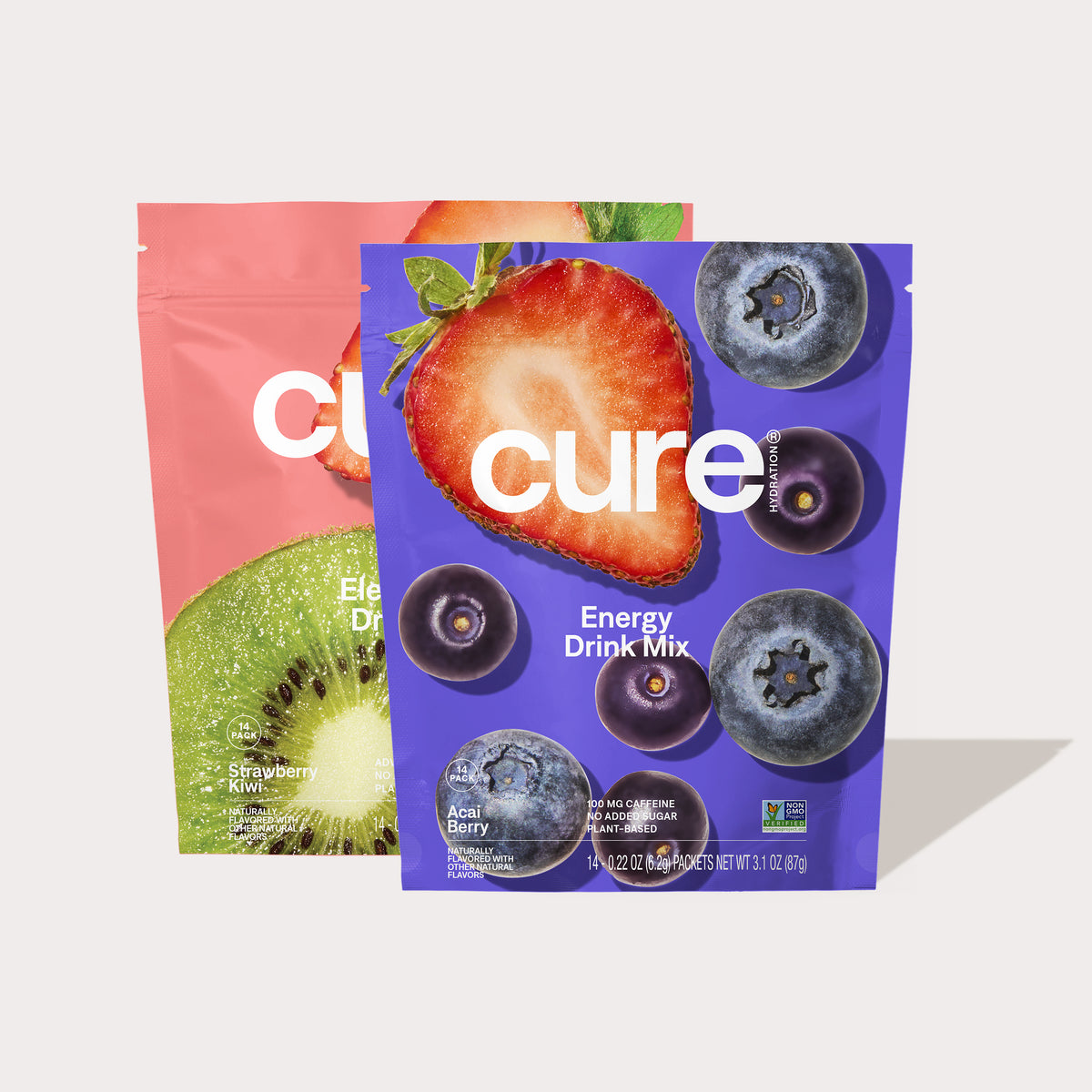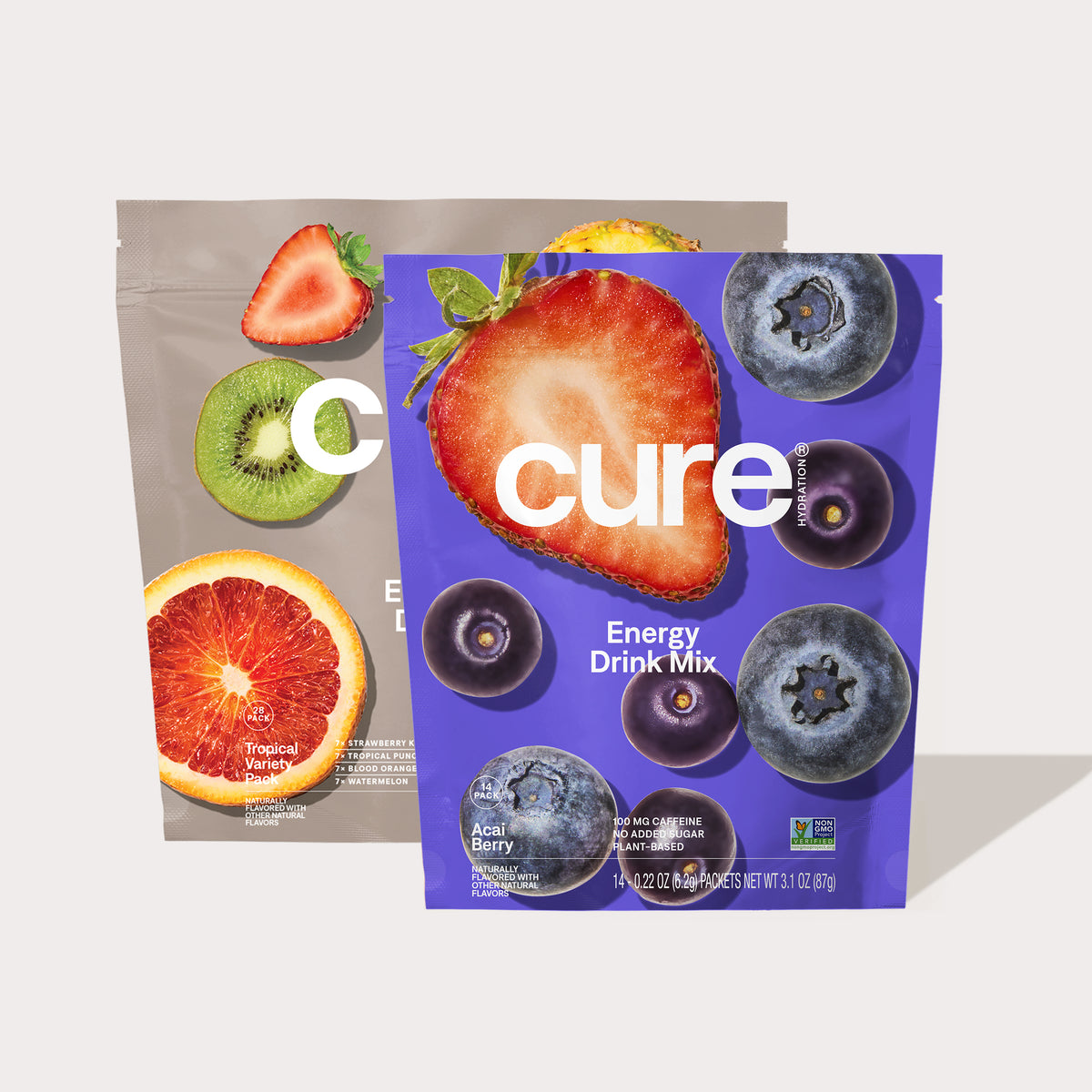And how to limit their intake of junk!
In this article:
- The Sugar Trap: Why Less is More
- Artificial Ingredients and Their Hidden Impact
- Traditional Brands: A Closer Look
- Guiding Kids Towards Healthier Choices
Embarking on the journey of ensuring our kids grow up healthy and strong is a task we embrace with love and sometimes, a little uncertainty. Amidst the whirlwind of choices, understanding what fills their plates and cups becomes a pivotal part of their health. This blog unwraps the layers of children’s nutrition, focusing on sugars, artificial ingredients, and the true colors of traditional food brands.
The Sugar Trap: Why Less is More
Sugar in kids' diets is like a rollercoaster – exciting but best enjoyed in moderation. While it's a quick energy source, too much sugar can lead to a host of not-so-sweet health issues, such as the following.
Unbalanced Energy Levels: Sugar provides quick energy, which is why kids often crave sweet treats. However, this energy is short-lived and can lead to a crash, leaving them tired and cranky!
Decreased Concentration and Sour Mood: While sugar can temporarily boost mood, its overconsumption has been linked to mood swings, hyperactivity, and even difficulty concentrating. These effects can impact a child's ability to learn and interact with teachers, friends, and even you.
Dental Health Problems: Love those pearly whites? Sugar is a major culprit in causing dental cavities in children. Bacteria in the mouth love to feed on sugar, producing acids that attack tooth enamel. Reducing sugar intake can help protect those adorable smiles!
Potential Obesity: Excessive sugar intake is a key player in the rising rates of childhood obesity. It can lead to the accumulation of unhealthy weight, which in turn increases the risk of various health conditions like type 2 diabetes and heart disease later in life.
Unhealthy Long-Term Habits: By limiting sugar, we're not just influencing their current health; we're shaping their lifelong eating habits. Teaching kids about the importance of moderation and healthy choices sets them up for a future of mindful eating and well-being!
The reality is, kids are going to and should enjoy some sugar. It’s a part of enjoying life! The American Heart Association recommends keeping added sugars to under 25 grams (6 teaspoons) daily, so there is room for sugar in a child’s diet. But here’s the twist – many kid-friendly snacks and drinks are secret sugar havens, making it crucial for us parents to play detective and keep our kids’ sugar budgets in check.
Artificial Ingredients and Their Hidden Impact
We get it - navigating the world of artificial ingredients in children's food and drinks can feel like a maze! We’re here to help. Here's a breakdown of common types of artificial ingredients and why they raise eyebrows among health-conscious parents.
Artificial Sweeteners: These include aspartame, sucralose, and saccharin, found in various "sugar-free" or "diet" products. They're used as substitutes for sugar, offering sweetness without the associated calories.
Artificial Flavors: Chemical compounds created to replicate natural flavors. They're added to make products like snacks, cereals, and beverages more appealing, especially to young taste buds.
Preservatives: Substances like sodium benzoate and BHA/BHT are used to extend shelf life and prevent food spoilage. They're commonly found in packaged snacks and processed foods.
Synthetic Colors and Dyes: These are used to enhance the visual appeal of foods and drinks - think bright red and blue sports drinks! Examples include Red 40, Yellow 5, and Blue 1, often found in candies, cereals, and soft drinks.
Artificial ingredients add appeal to products, but it's important to understand their potential impacts. The story isn't fully written on their long-term effects, but emerging chapters suggest they might not always be the best choice for optimal health given links to behavioral, metabolic, hormonal, and even carcinogenic issues. The reality is as parents shopping for our kids, why risk it? By adopting a mindful approach and becoming savvy label readers, we can navigate this landscape more confidently, ensuring our kids get only what's best for their growth and well-being
Traditional Brands: A Closer Look
When it comes to children's beverages, many traditional brands often contain less-than-ideal ingredients. Here's a breakdown of what you might find in common children's drinks:
Juices and Juice Drinks: While they might seem healthy, many packaged juices and juice drinks are high in added sugars and may contain only a small percentage of real juice. Even 100% fruit juice can be high in natural sugars without the fiber found in whole fruit.
Sports Drinks: Often chosen for hydration during activities, many sports drinks are loaded with added sugars, artificial colors, and flavors. They might even replenish electrolytes, but are contributing to an excessive sugar intake and putting harmful artificial ingredients in your childrens' bodies.
Flavored Milk: Flavored milk, like chocolate or strawberry milk, with its high sugar content resembles less of a potentially healthy drink and more of a dessert.
Sodas and Soft Drinks: A bubbly and fun treat, but keep in mind it is incredibly high in added sugars and artificial ingredients, including colors and preservatives. Sodas are a major contributor to excessive sugar consumption in kids' diets.
These beverages can significantly contribute to the daily sugar intake of children, sometimes without parents fully realizing it. While mainstream brands like Gatorade and Pedialyte are often viewed as healthier options, they contain high levels of sugars and artificial ingredients.
Guiding Kids Towards Healthier Choices
Navigating the world of children's nutrition can be complex, but it's a crucial part of fostering their long-term health and well-being. By choosing products with real, wholesome ingredients and minimizing the intake of added sugars and artificial additives, we can set our children on a path to healthier eating habits!
Helping your children make healthier food choices can be challenging, but it's not impossible! Start by educating them about the benefits of real, whole foods over processed options. Involve them in fun grocery shopping trips and meal preparation to make them more excited about what they eat. Opt for great-tasting snacks and drinks that are low in added sugars and free from artificial additives so that healthy eating is fun. It's also a good idea to model healthy eating habits yourself, as children often mimic their parents' behaviors!
There are many healthier alternatives to traditional snacks and drinks that still appeal to children! Look for products with natural sweeteners, minimal processing, and no artificial ingredients. Pediatrician-formulated and kid-approved Cure Kids Hydrating Electrolyte Mixes offer delicious drinks designed with children's health in mind, ensuring that kids get the nutrients they need without unnecessary additives. Explore Cure’s range of kid-friendly products, designed to nourish without compromise!
Sources
https://www.ahajournals.org/doi/full/10.1161/CIR.0000000000000439

